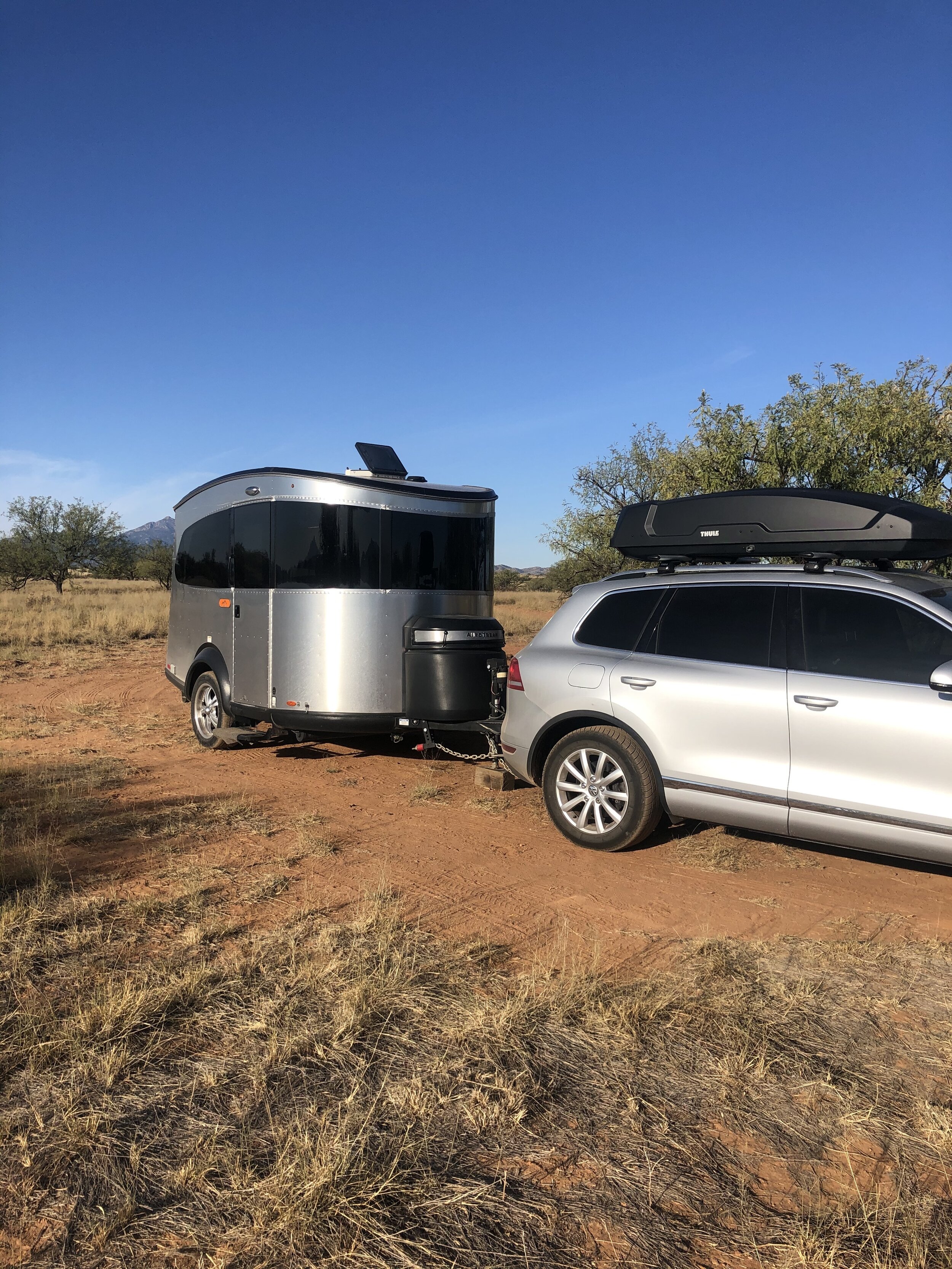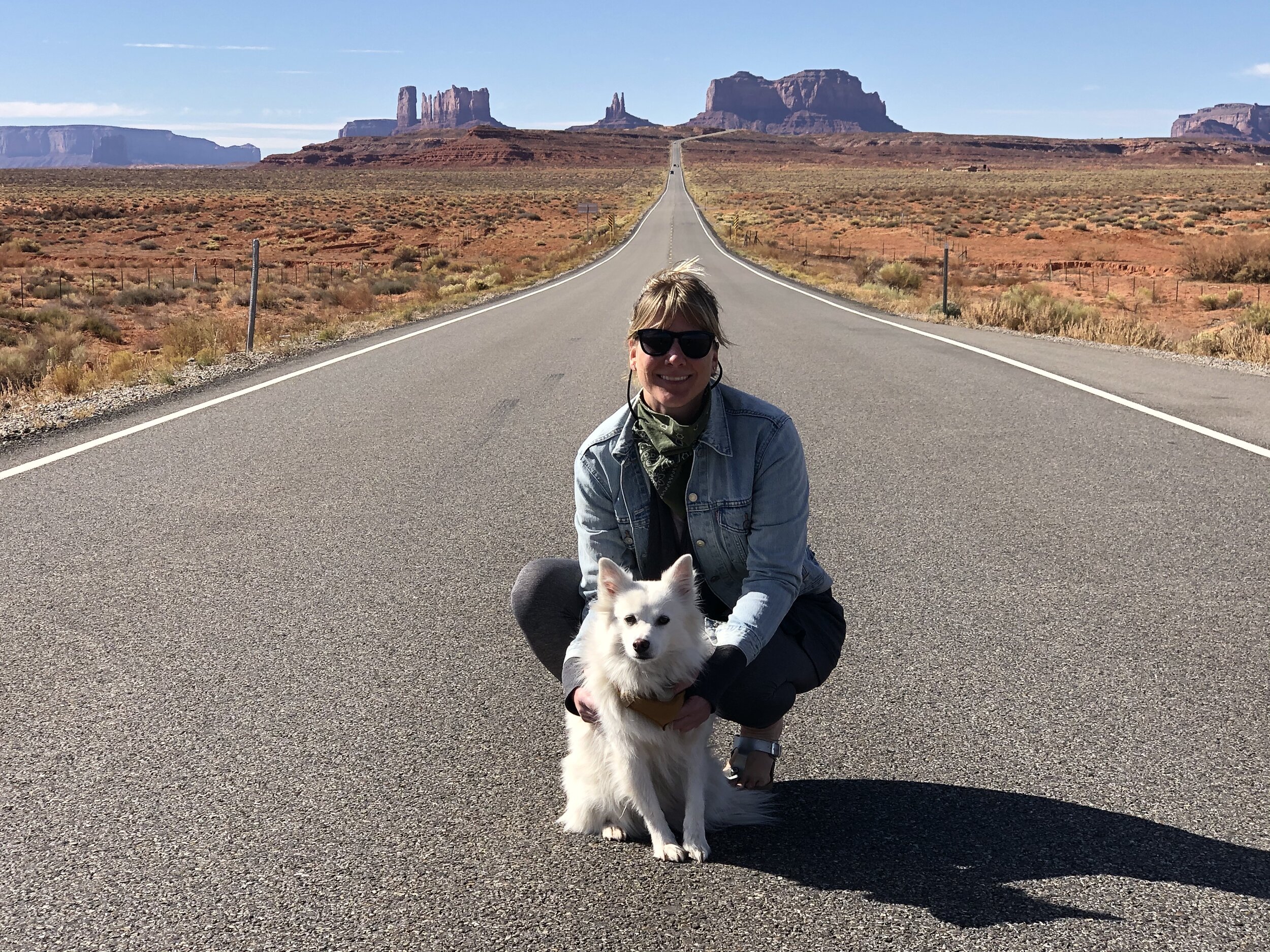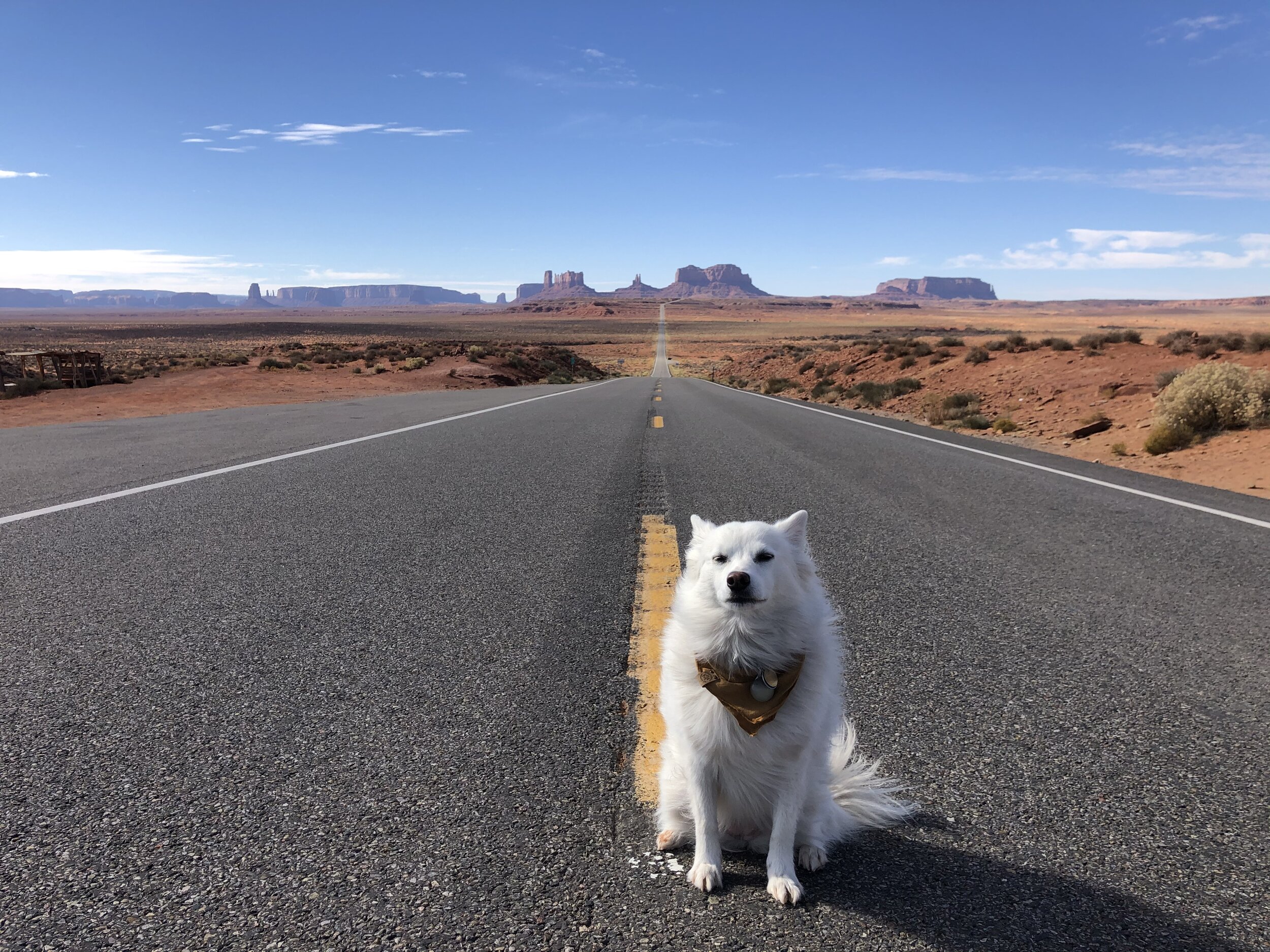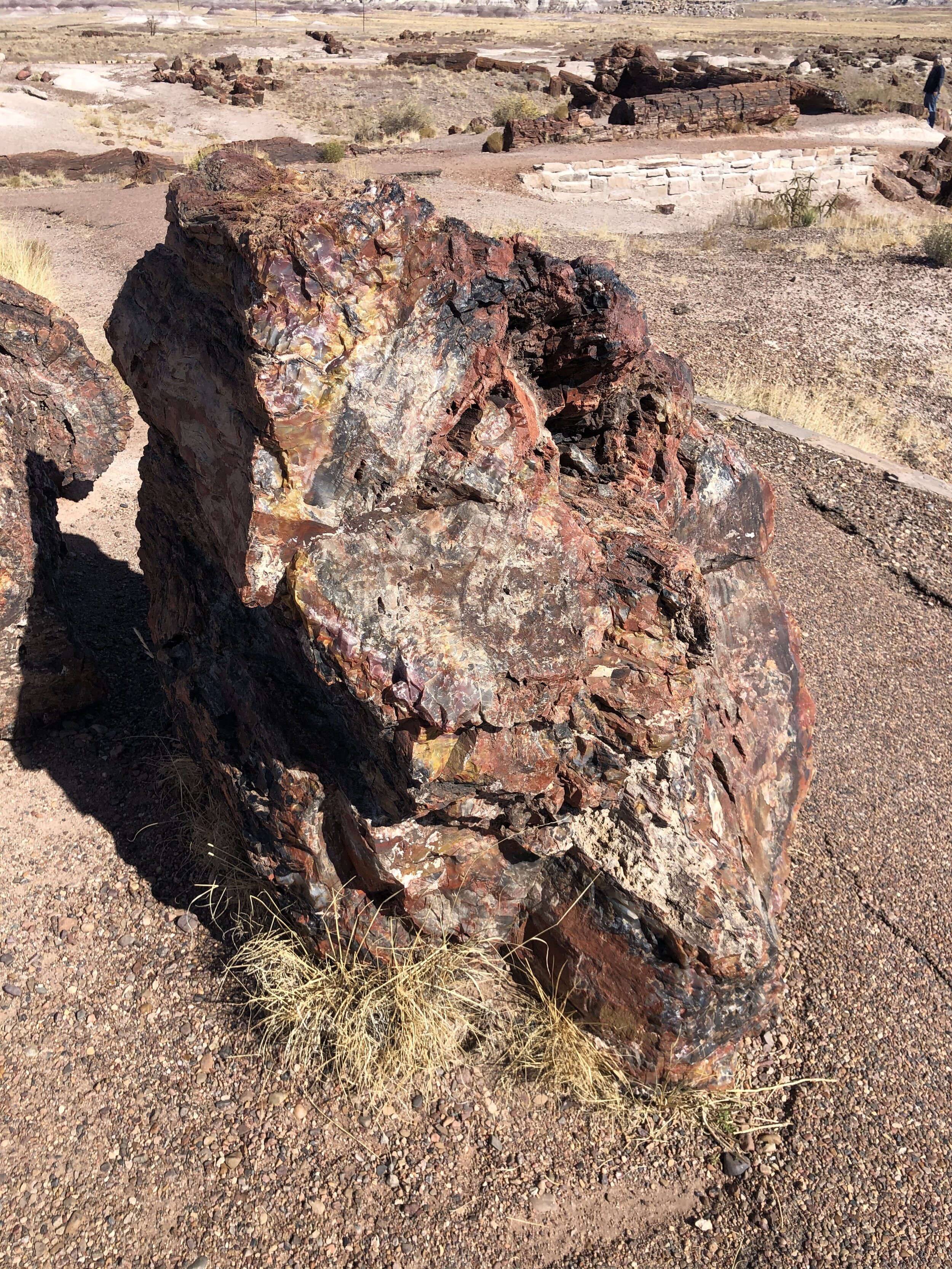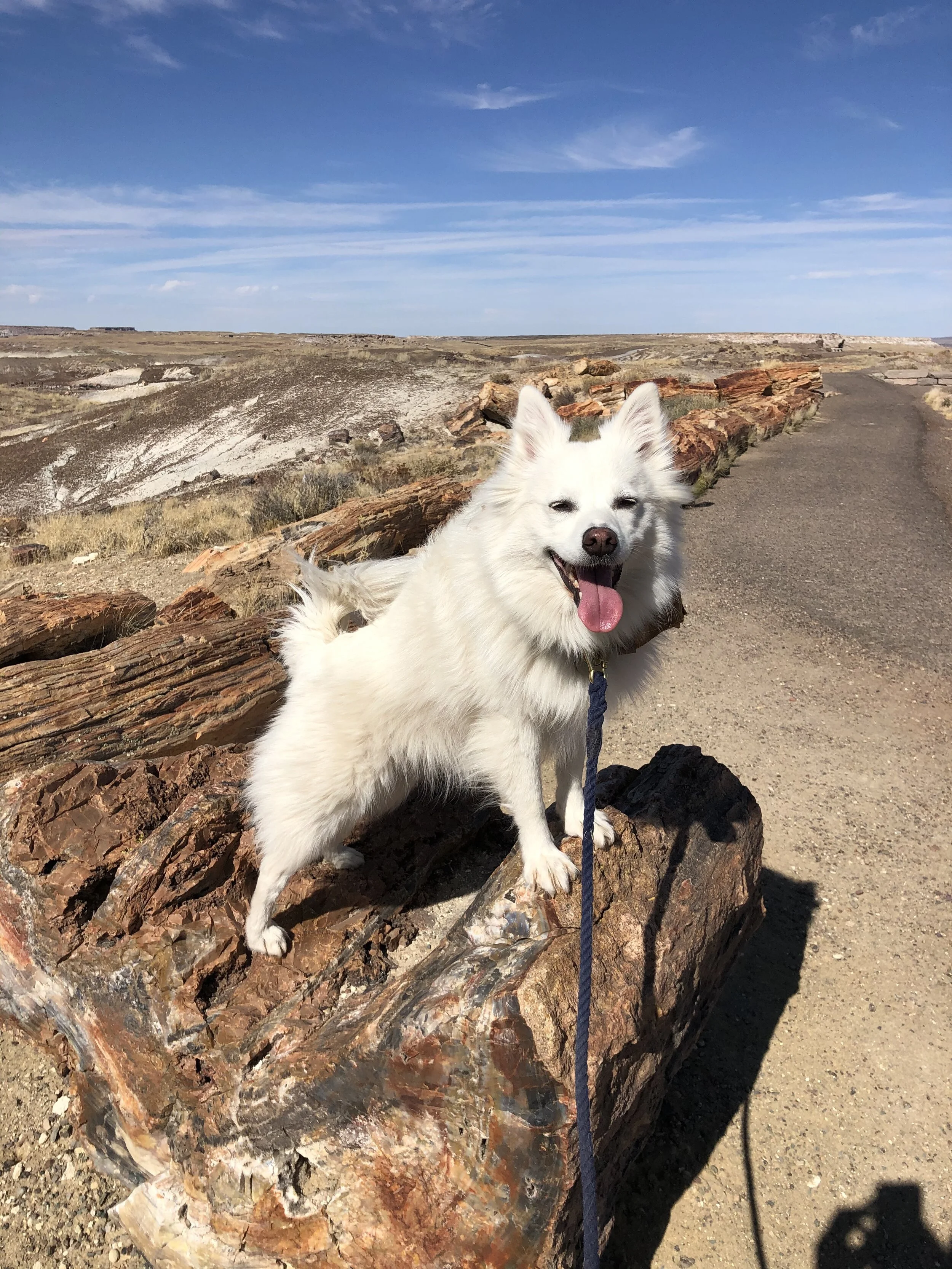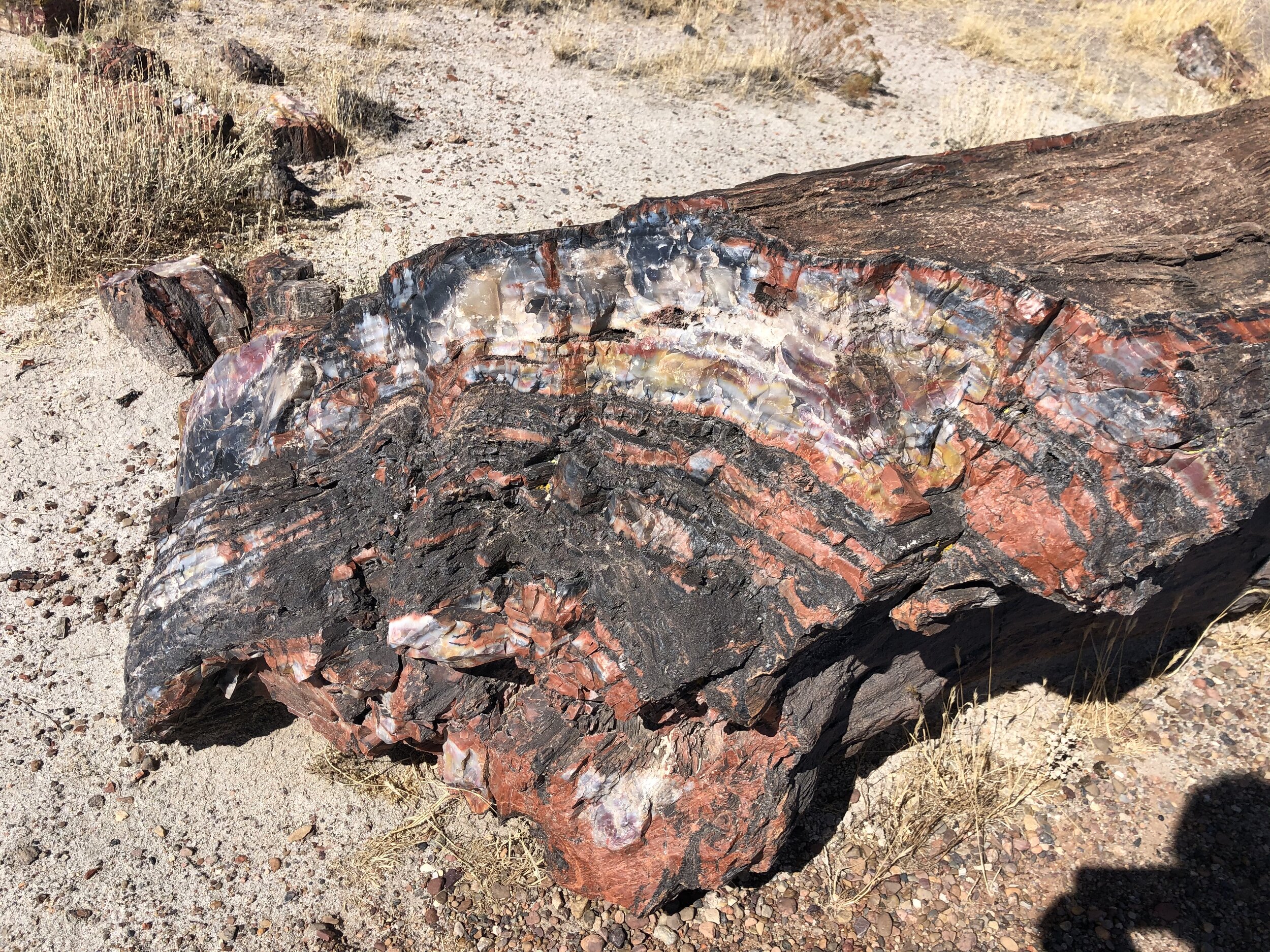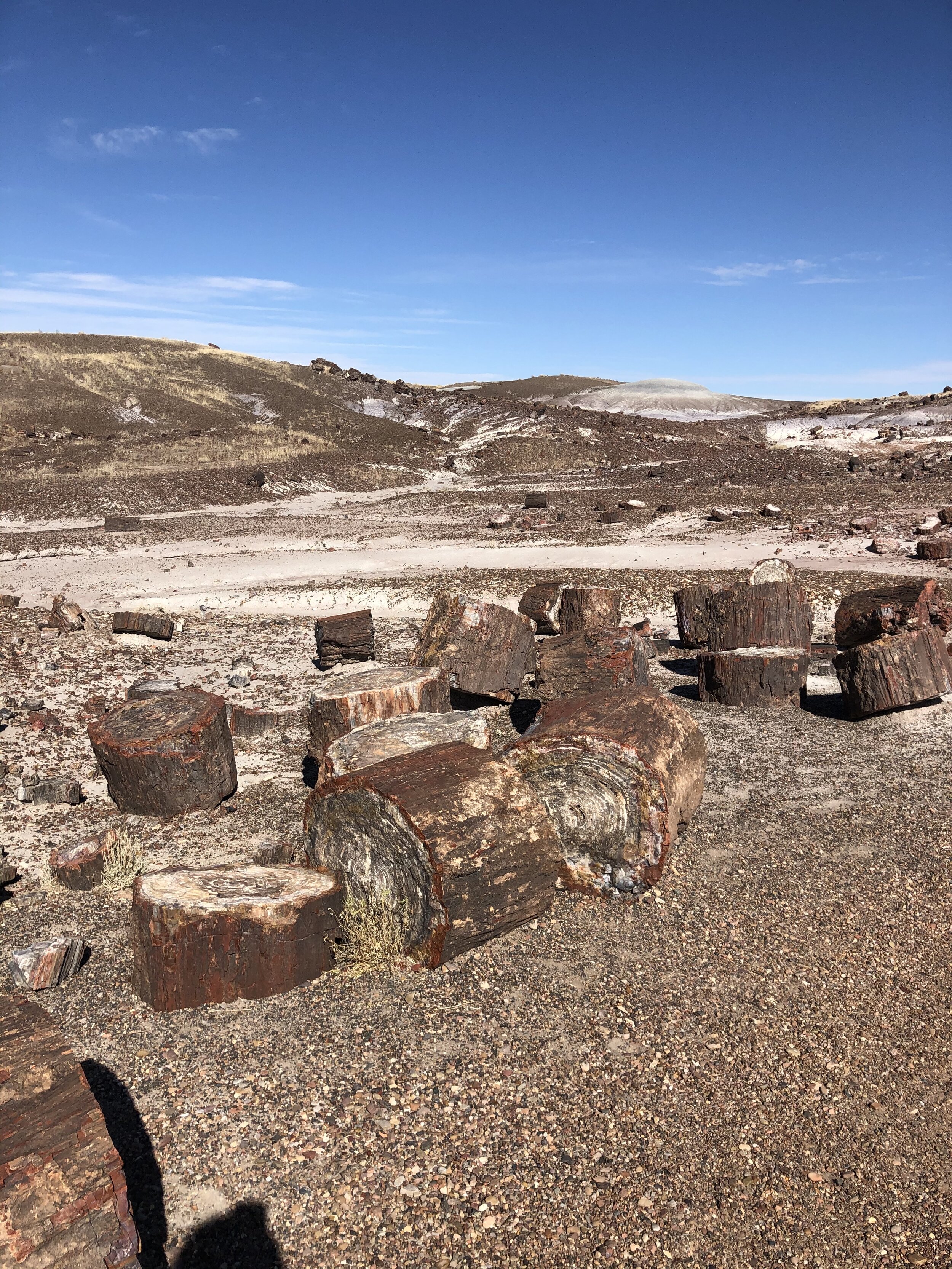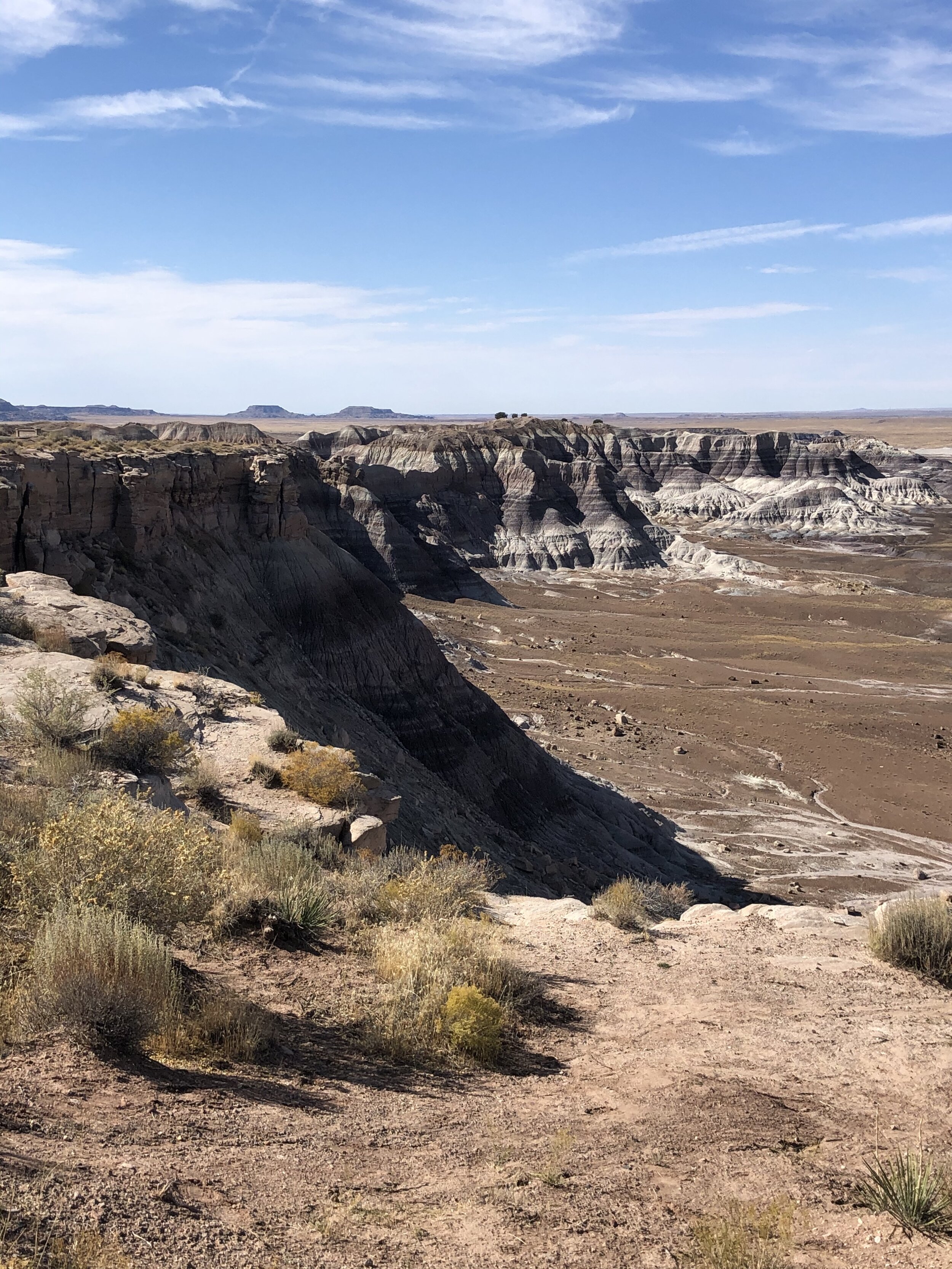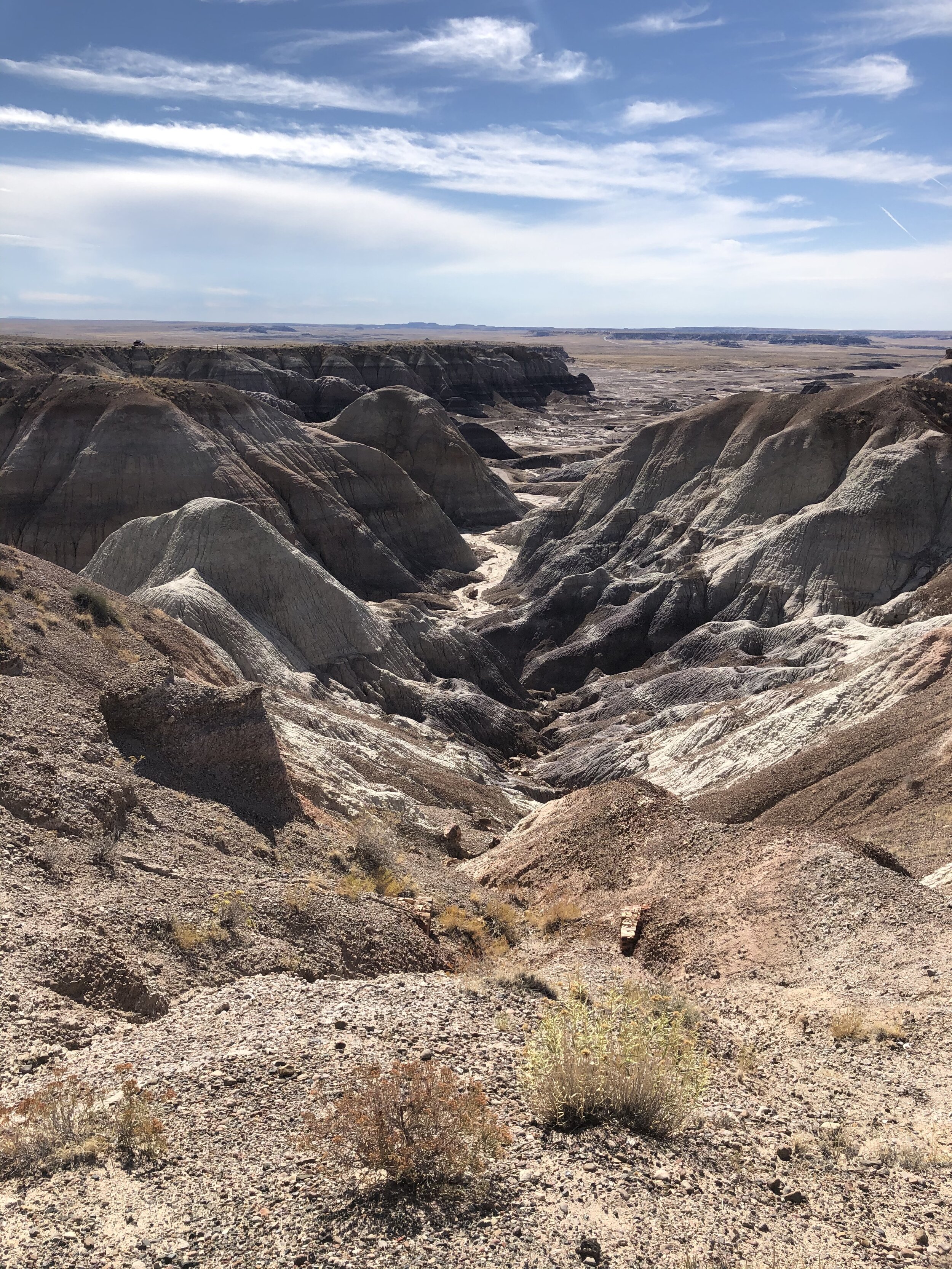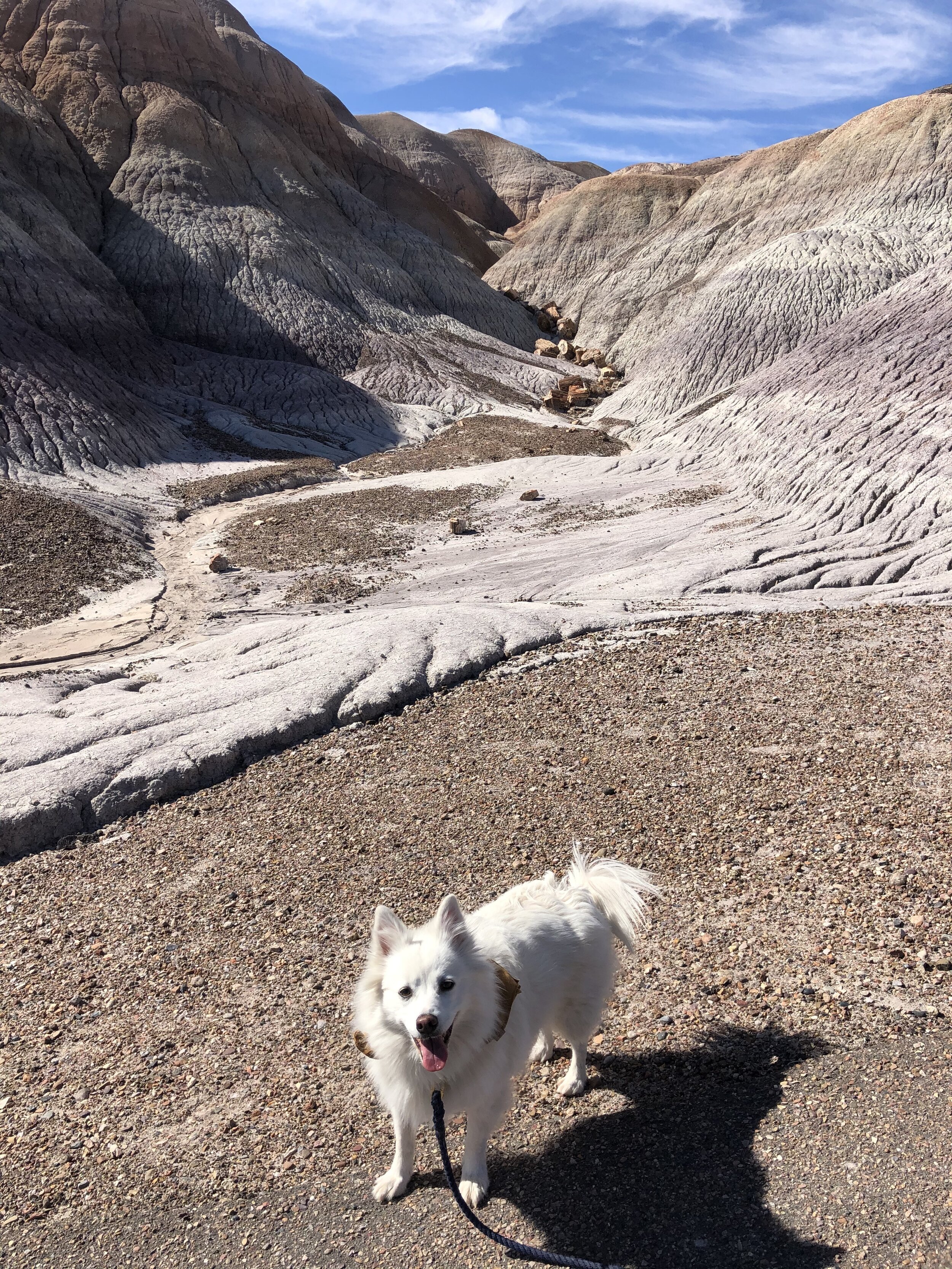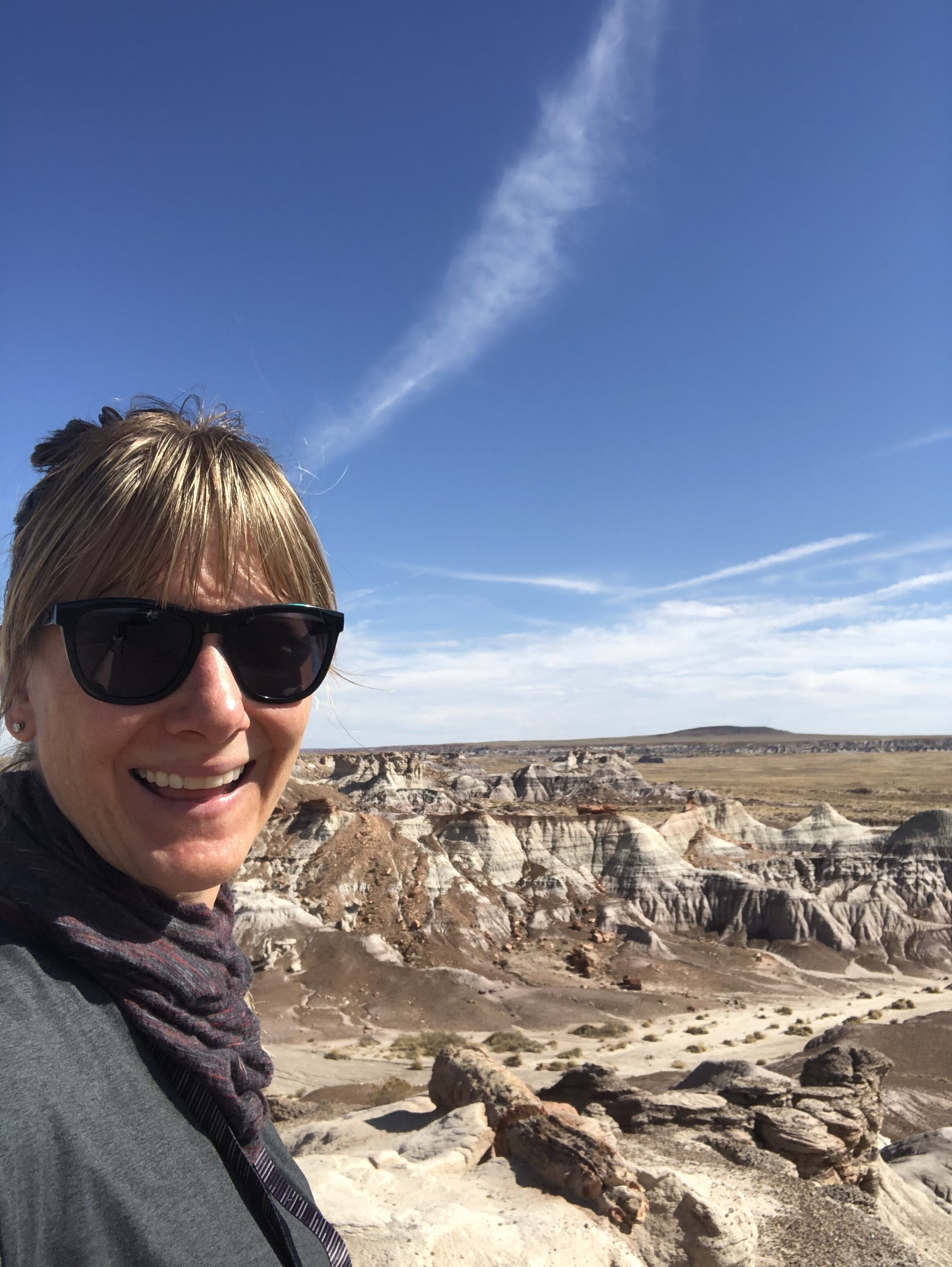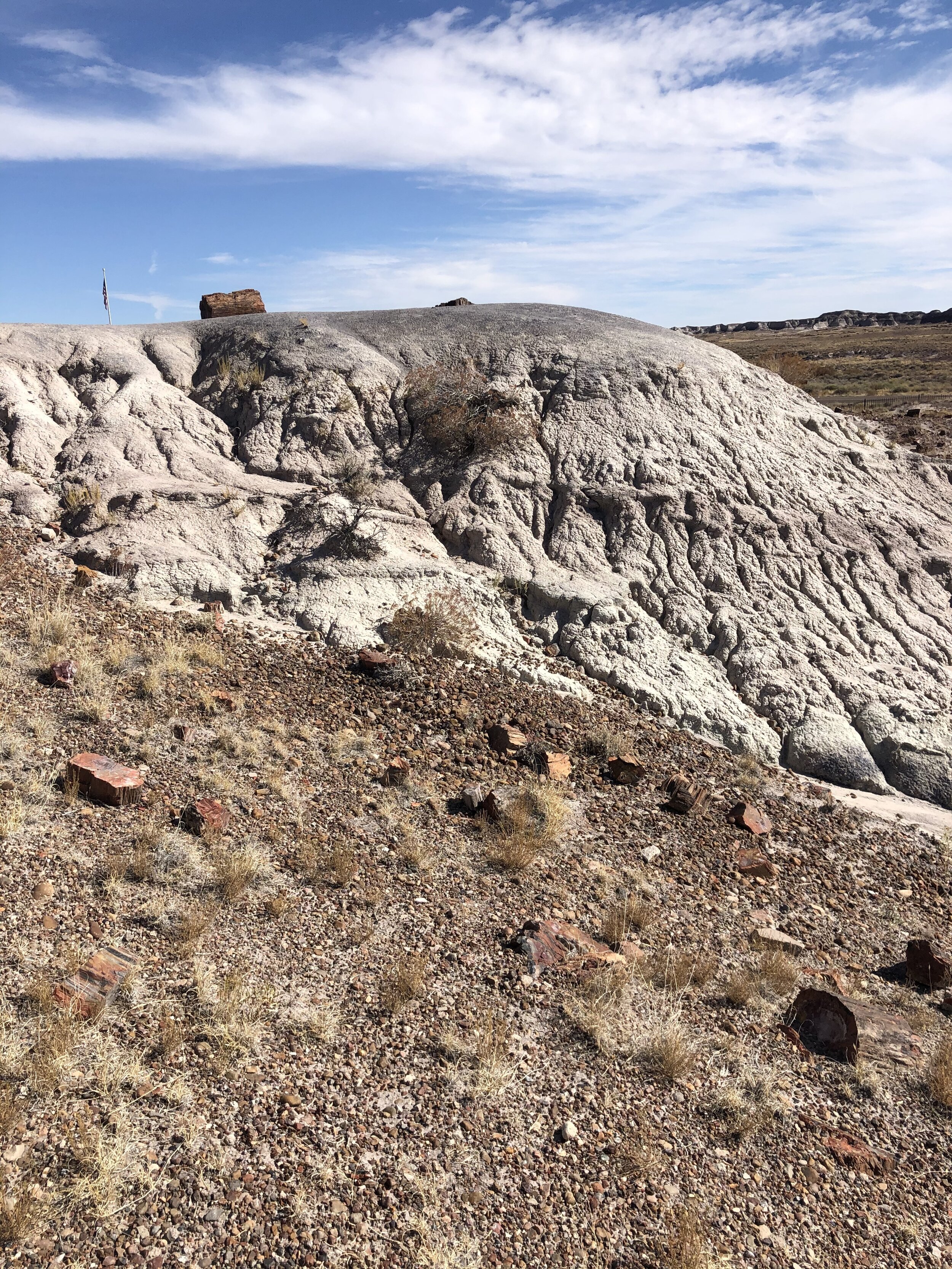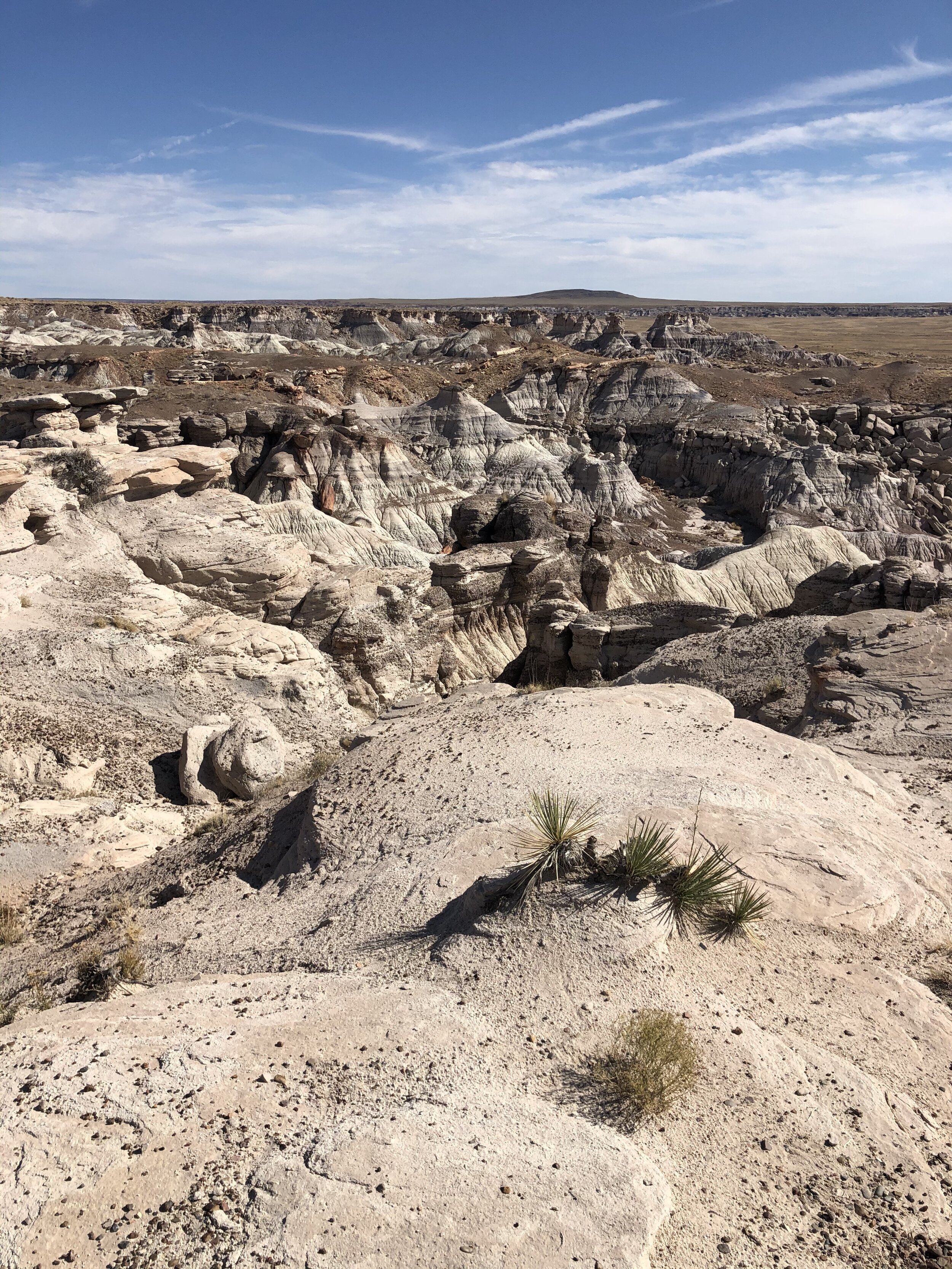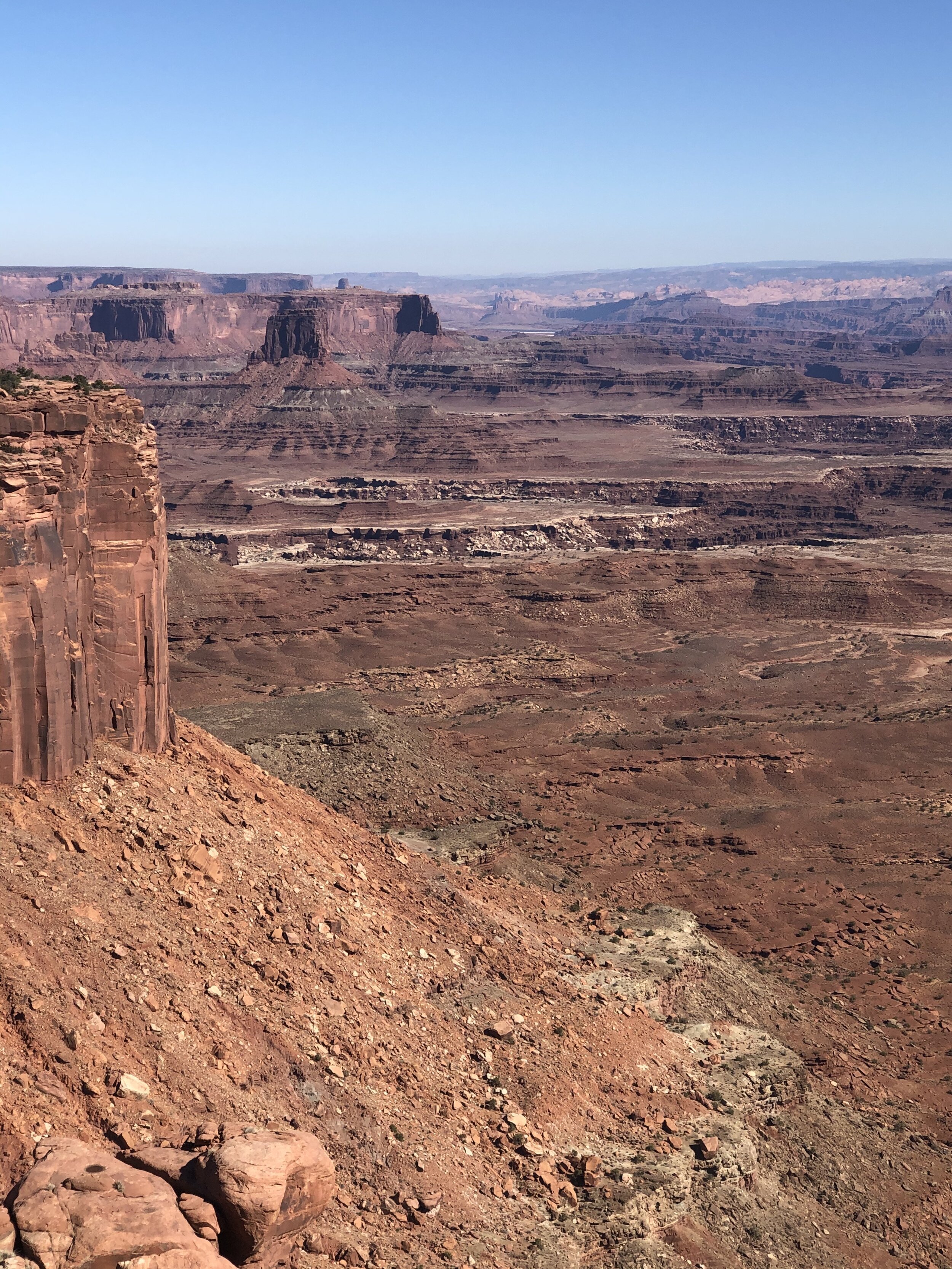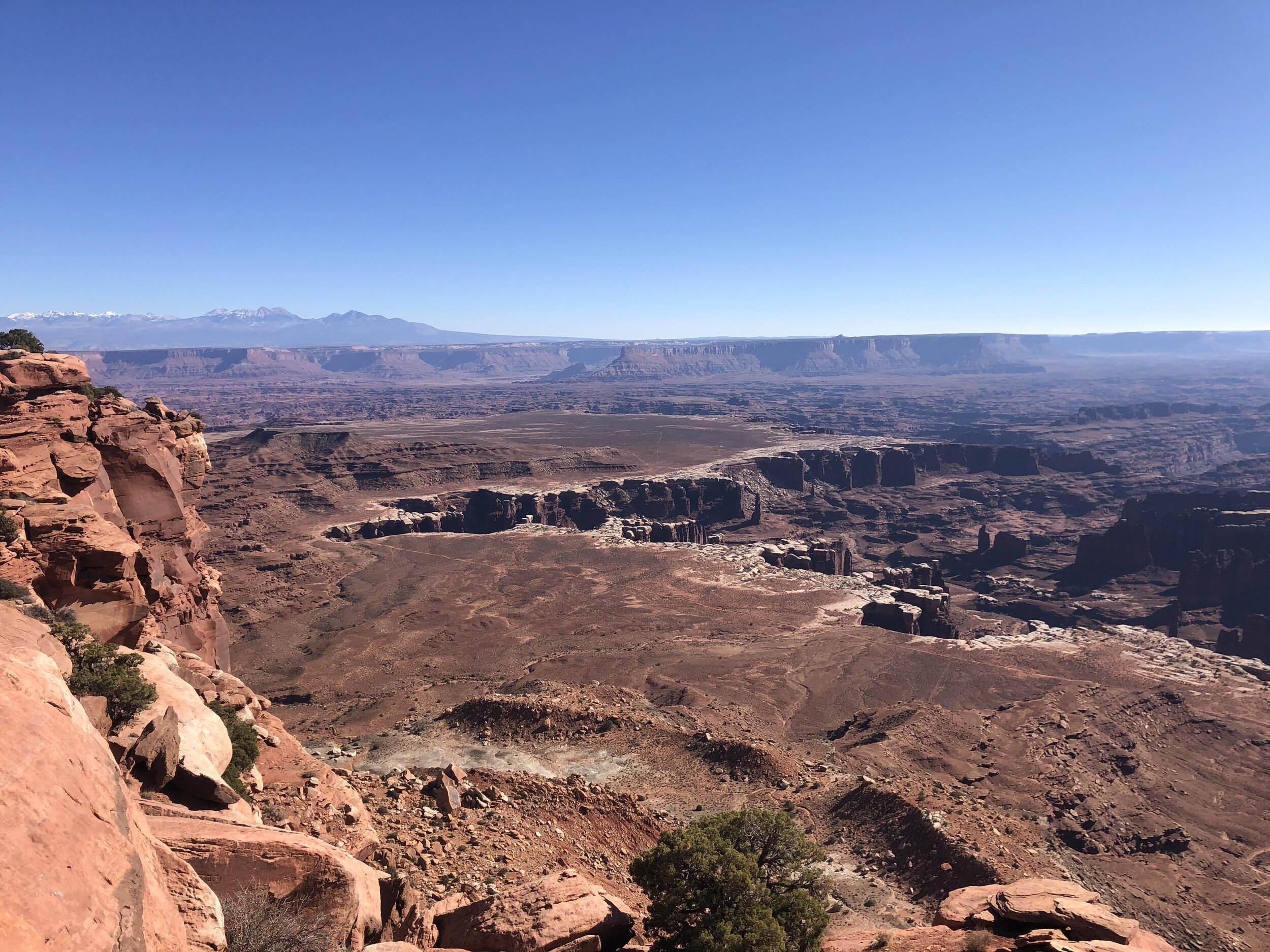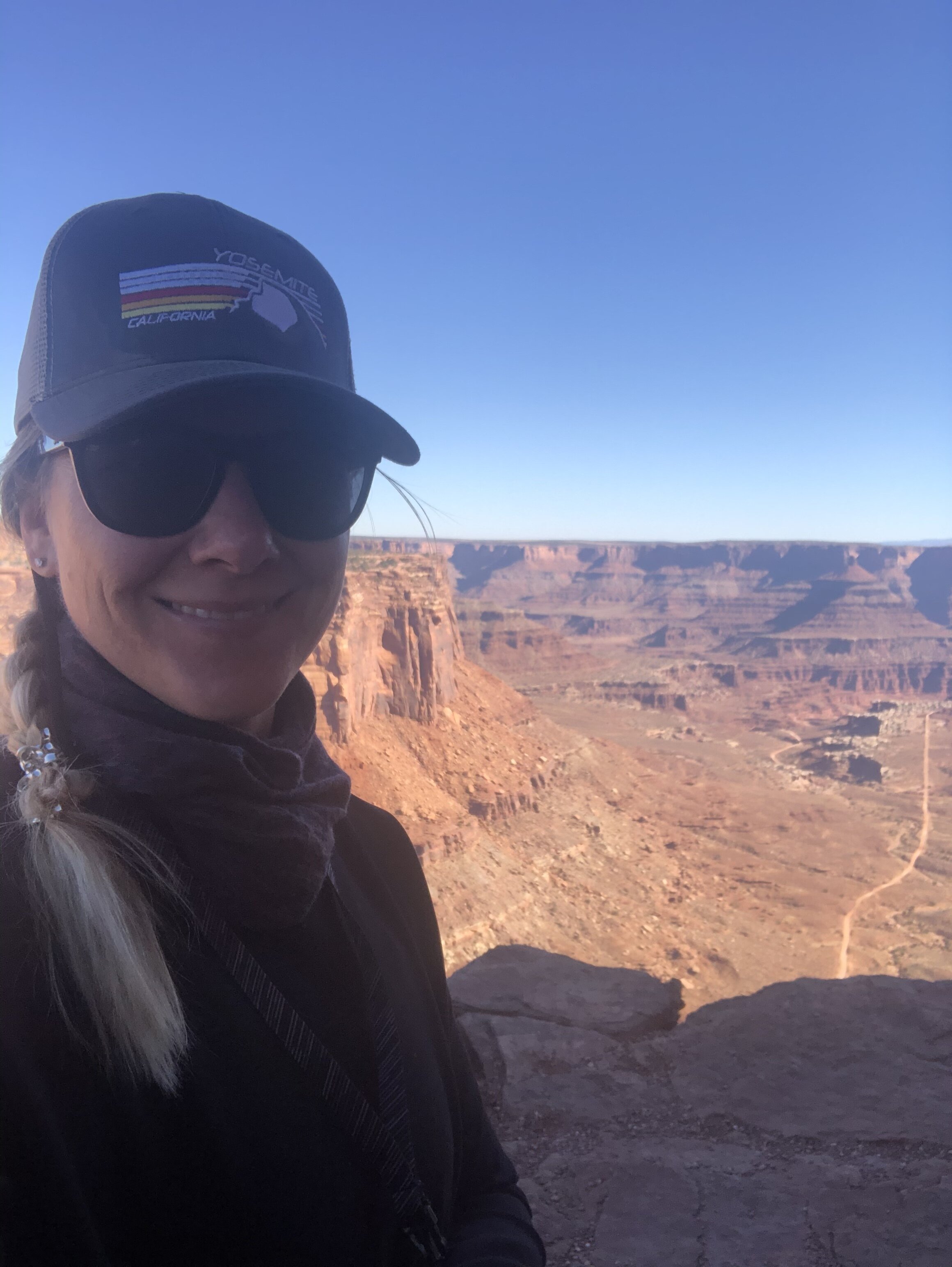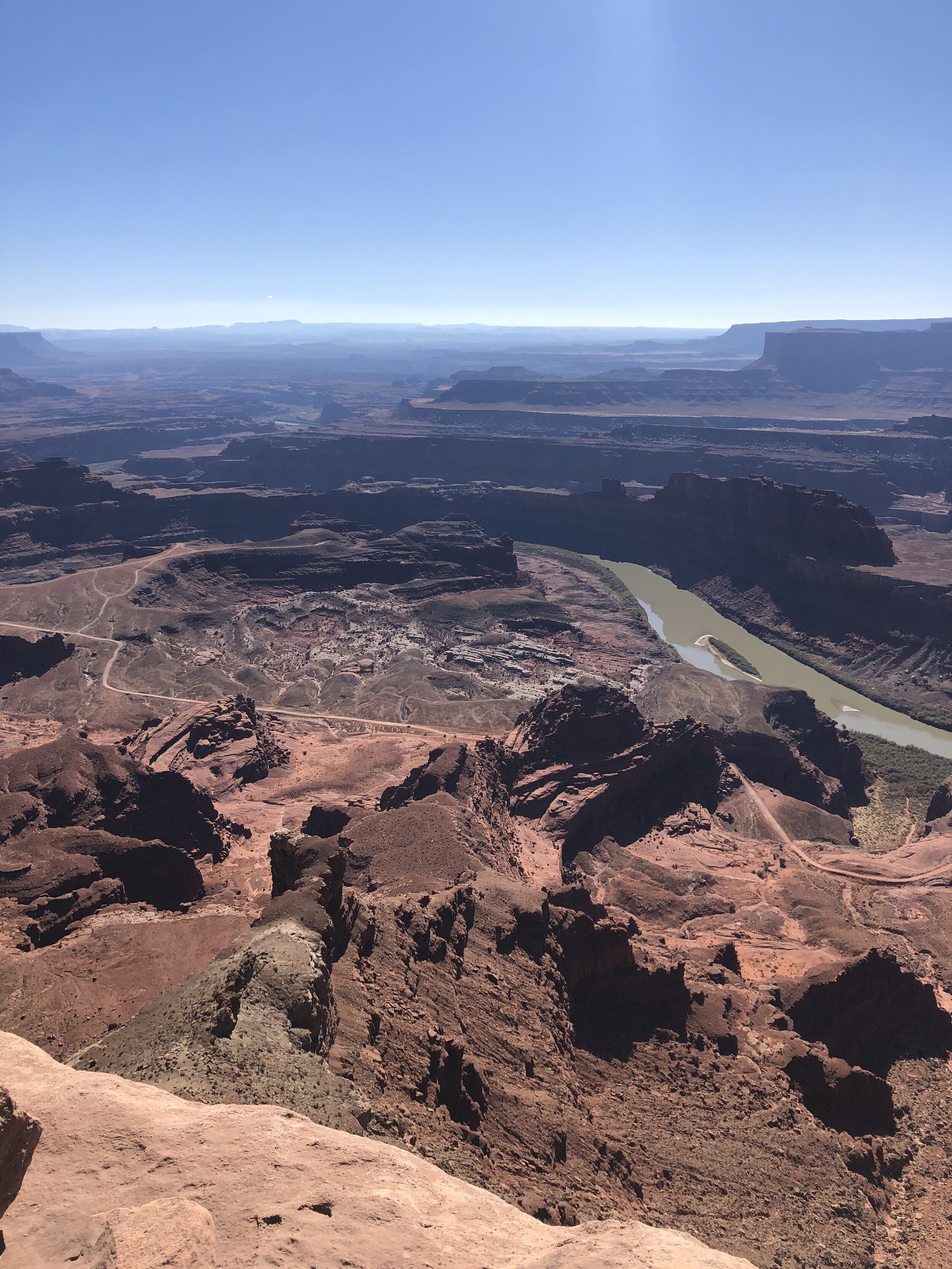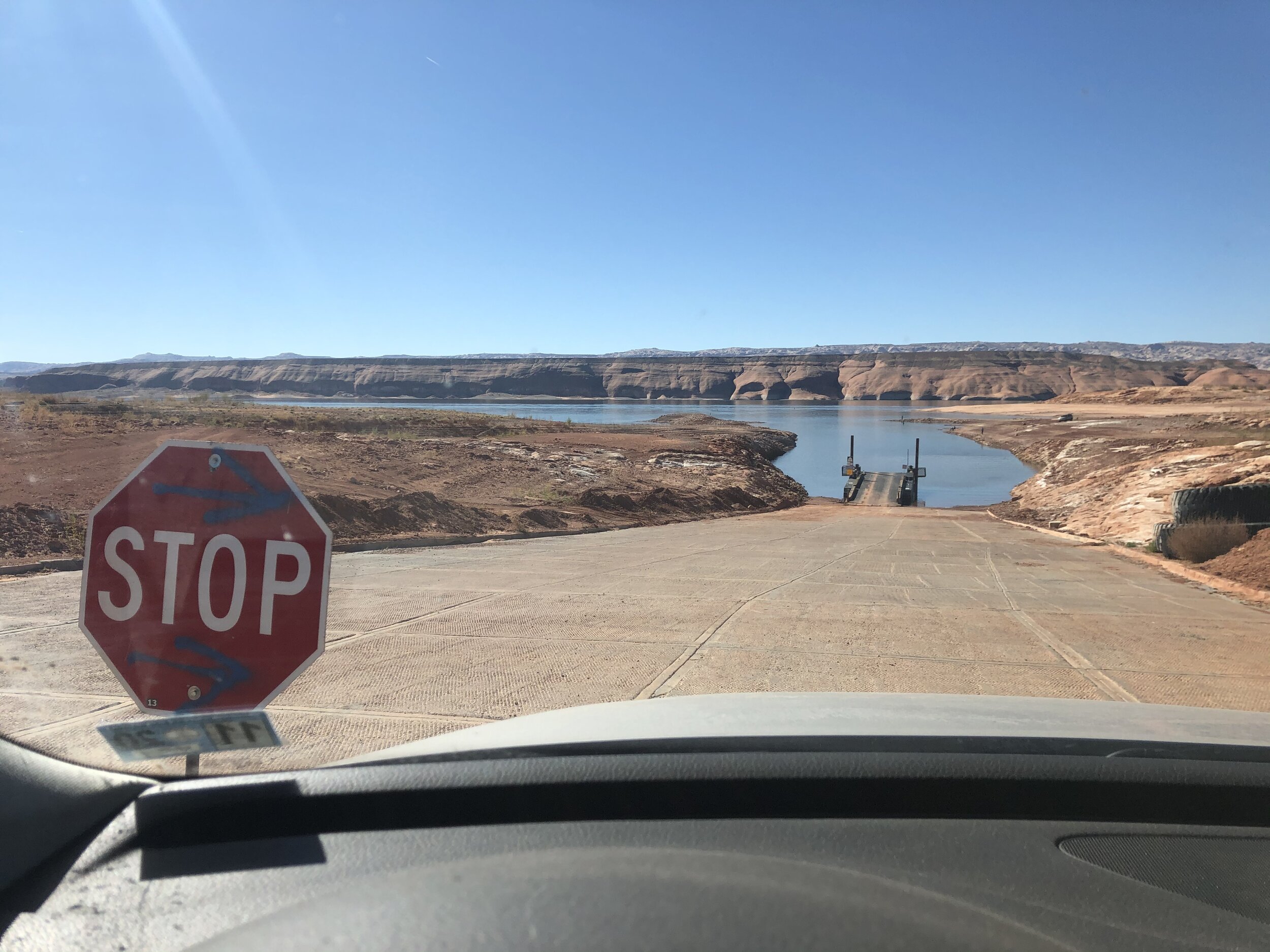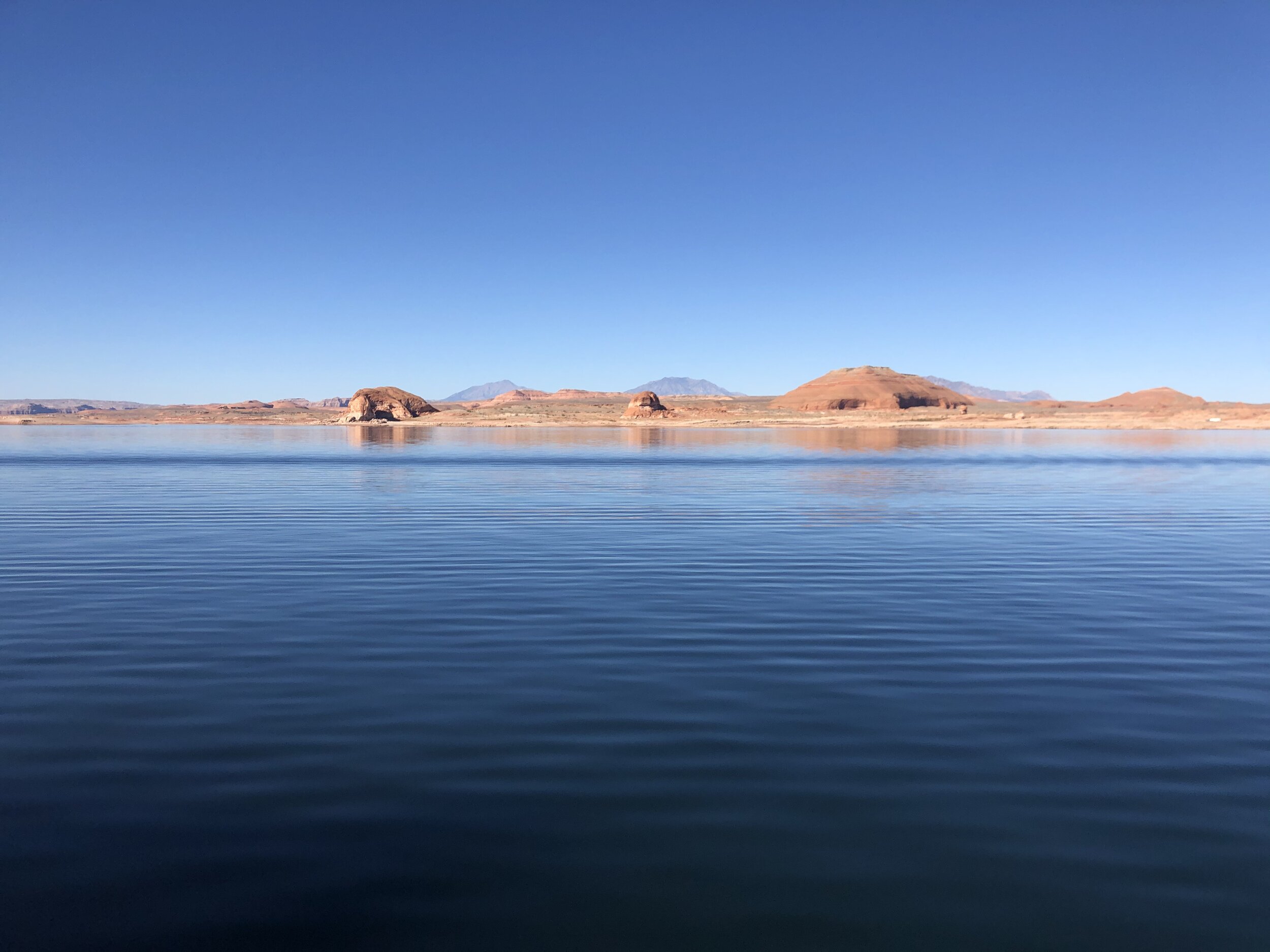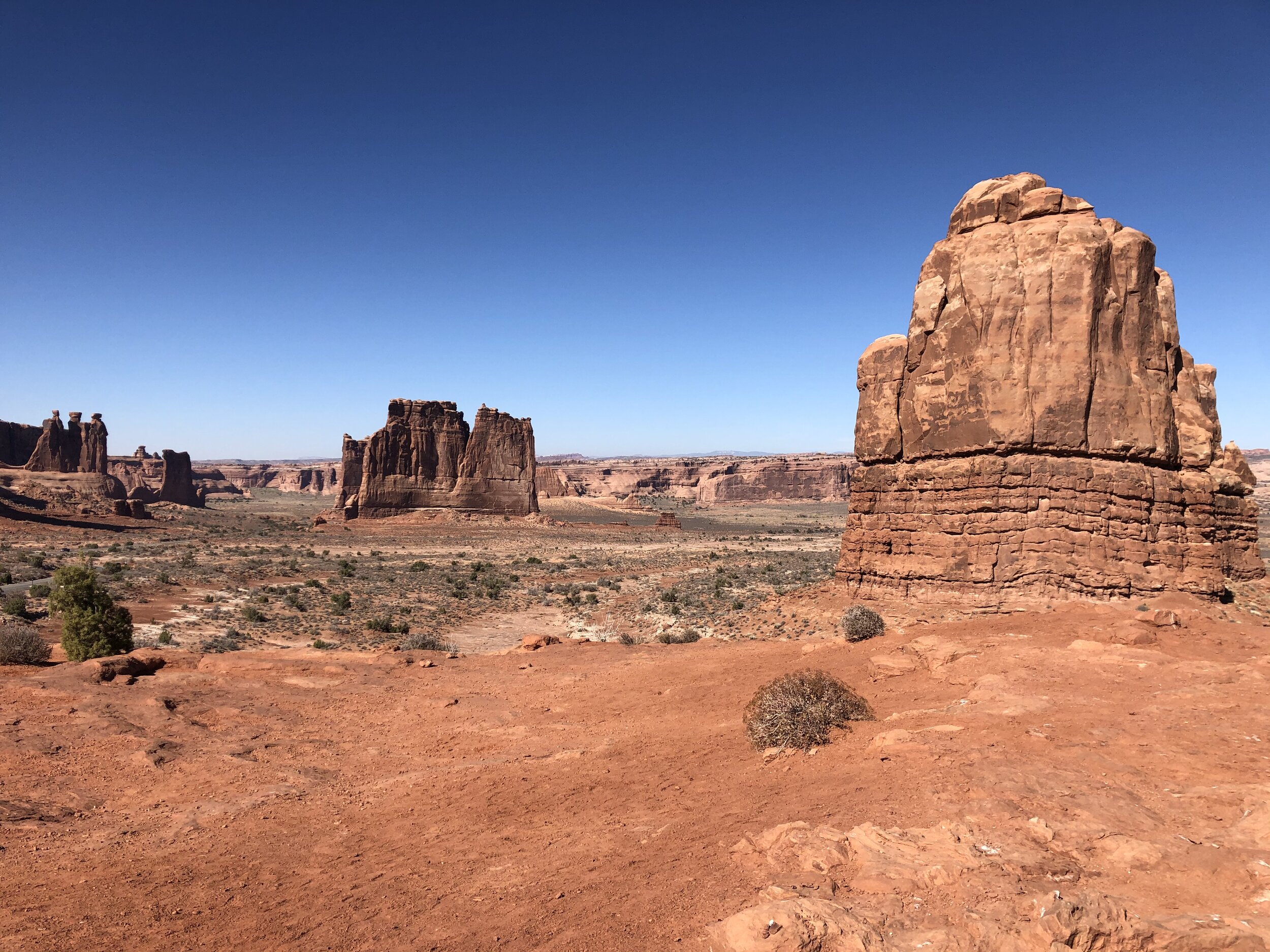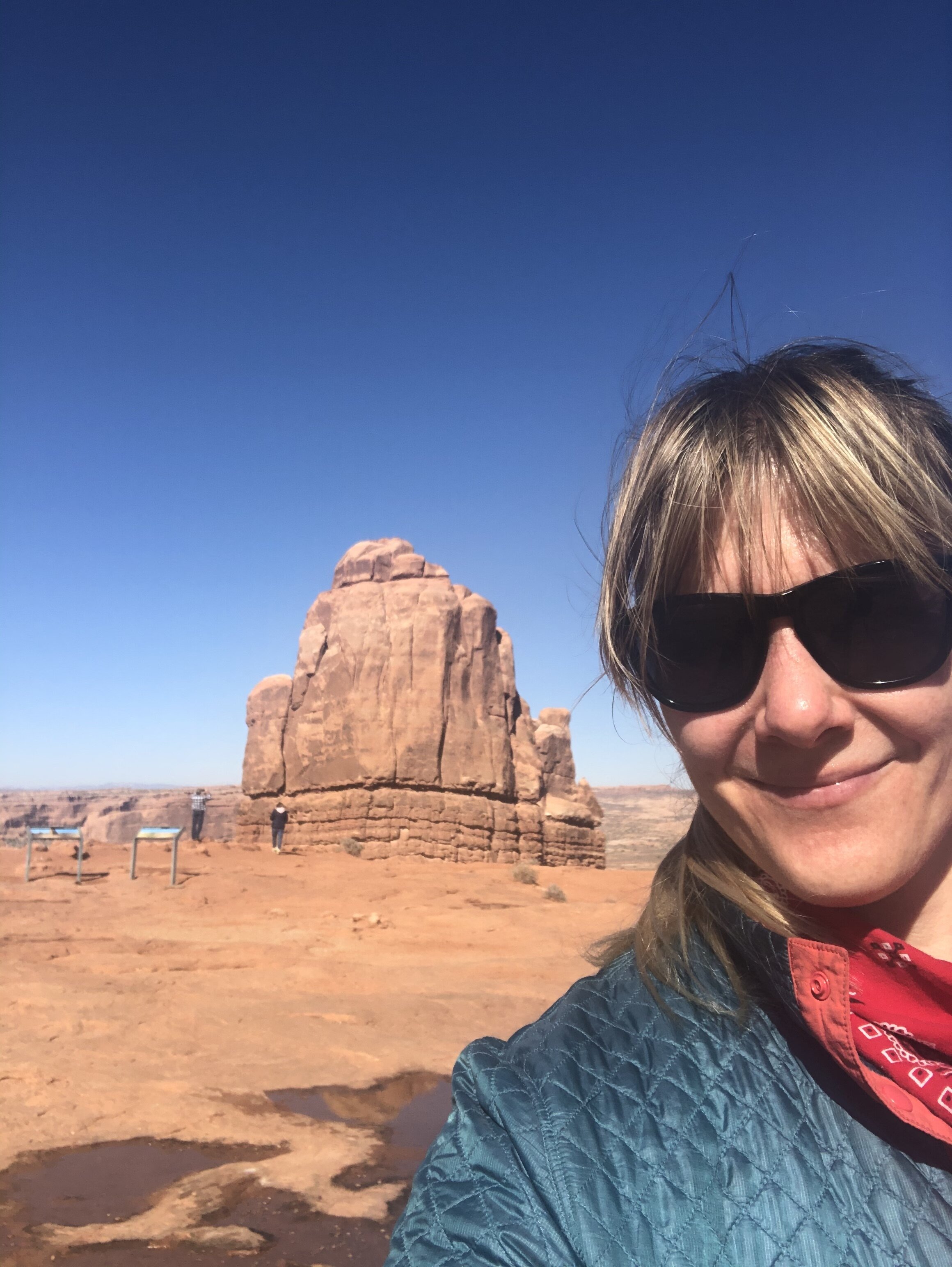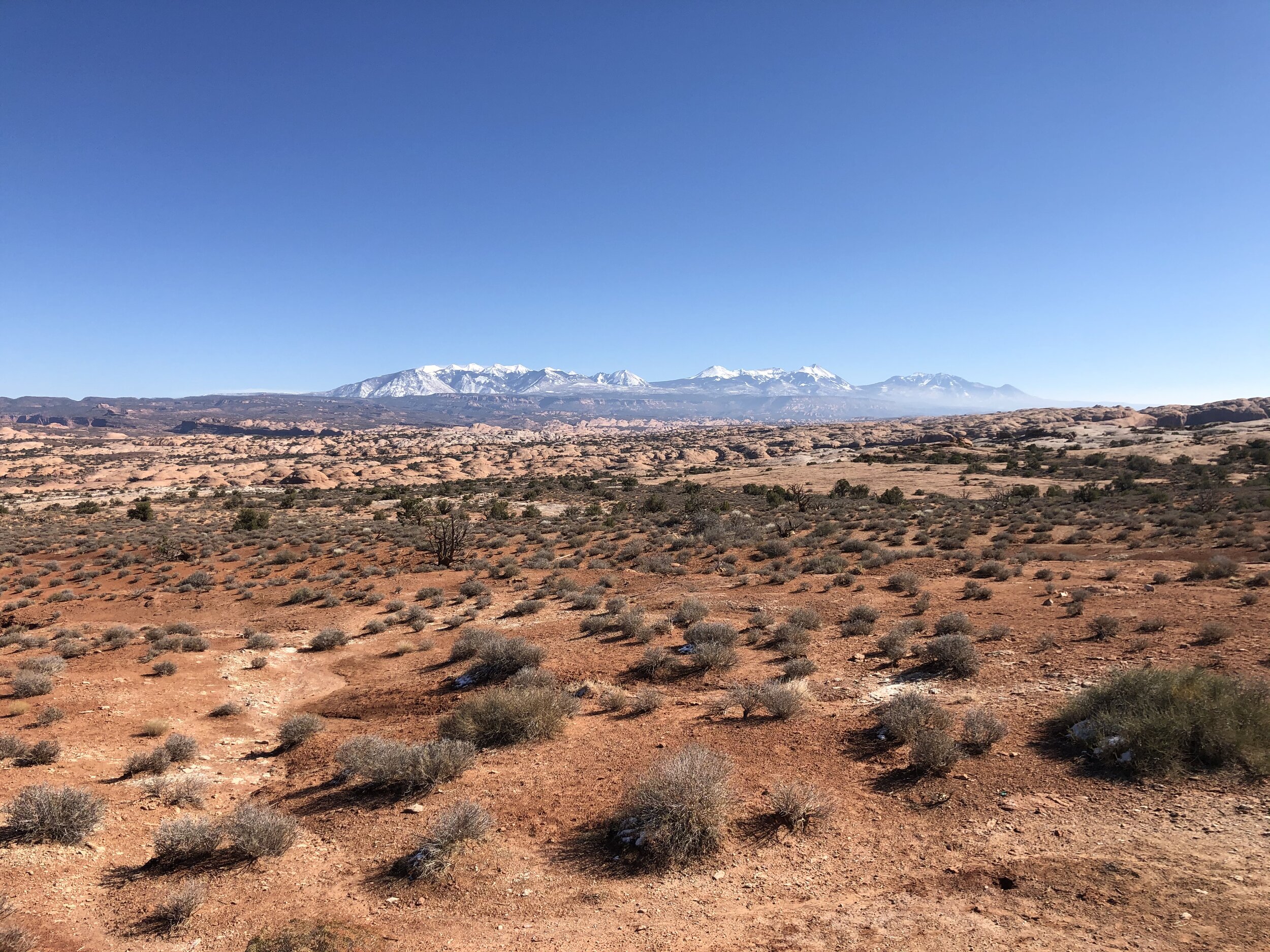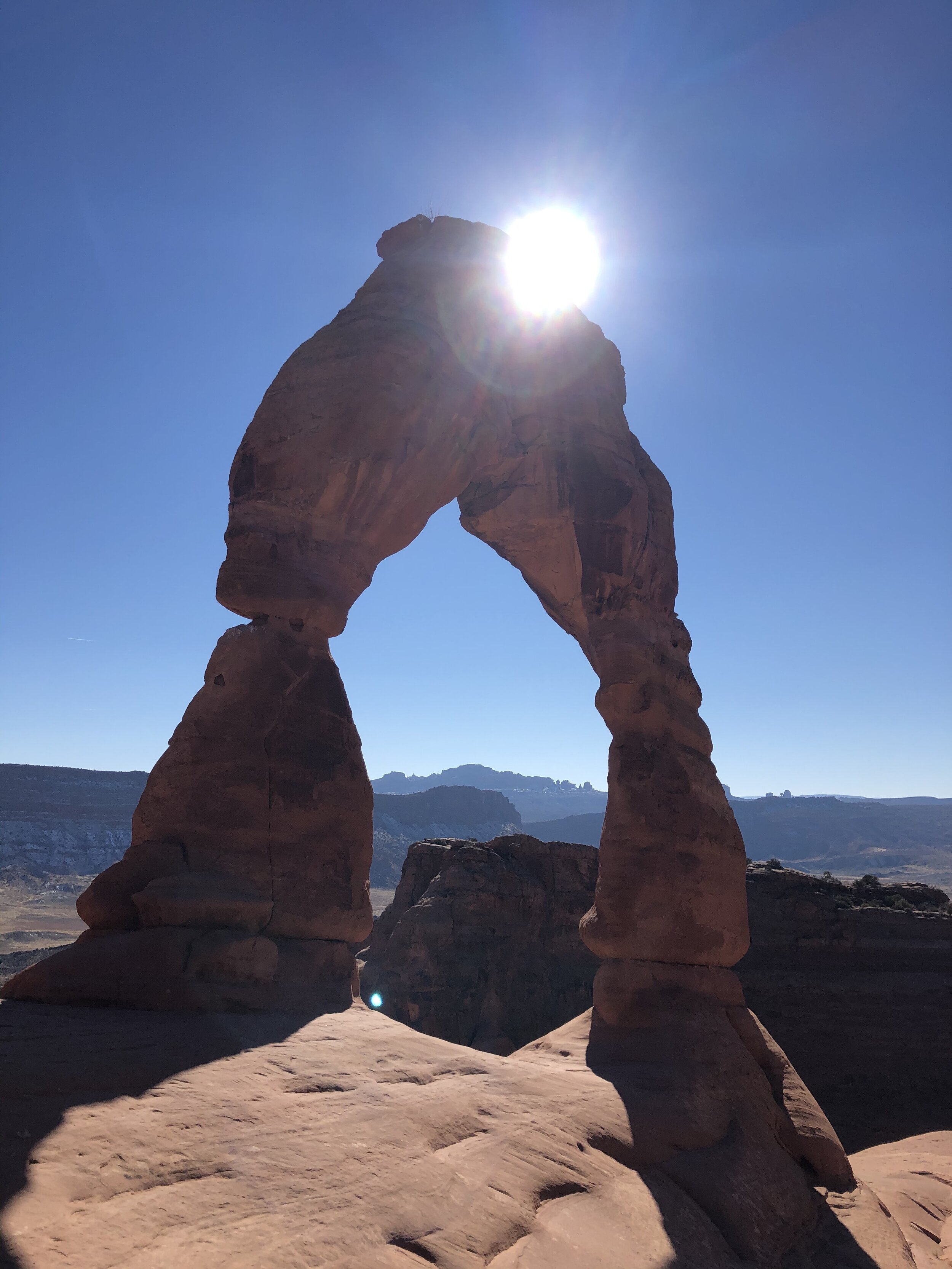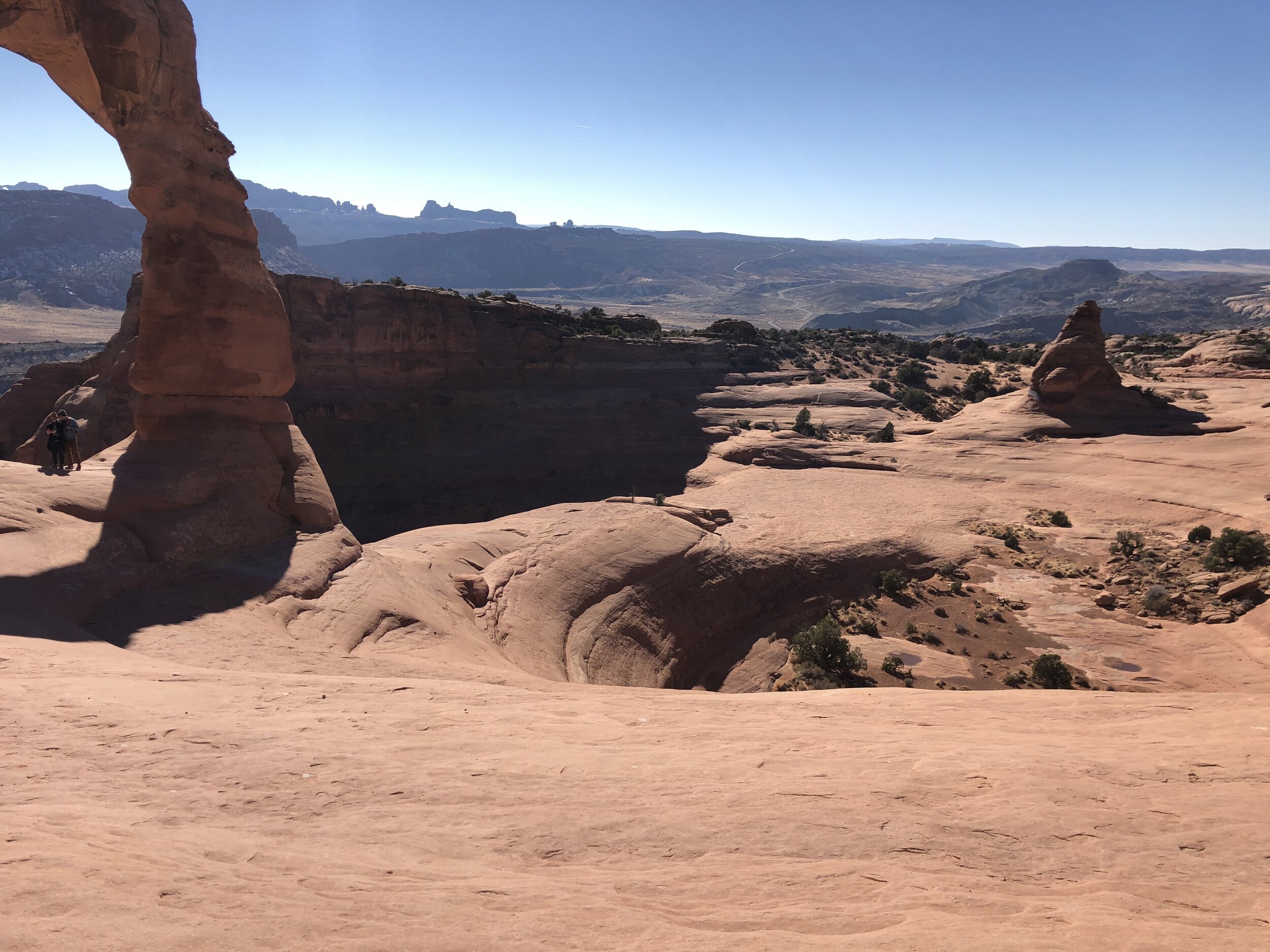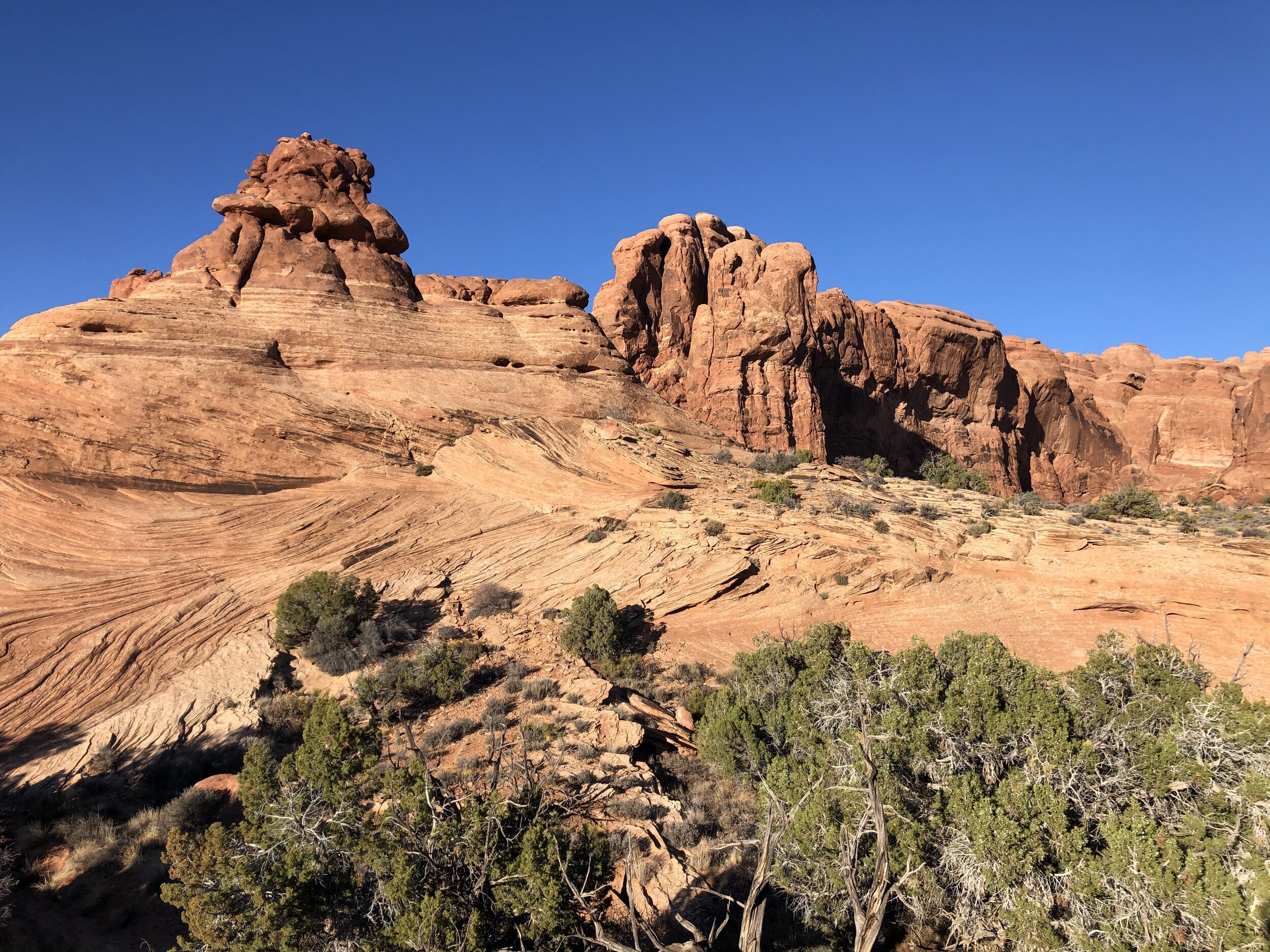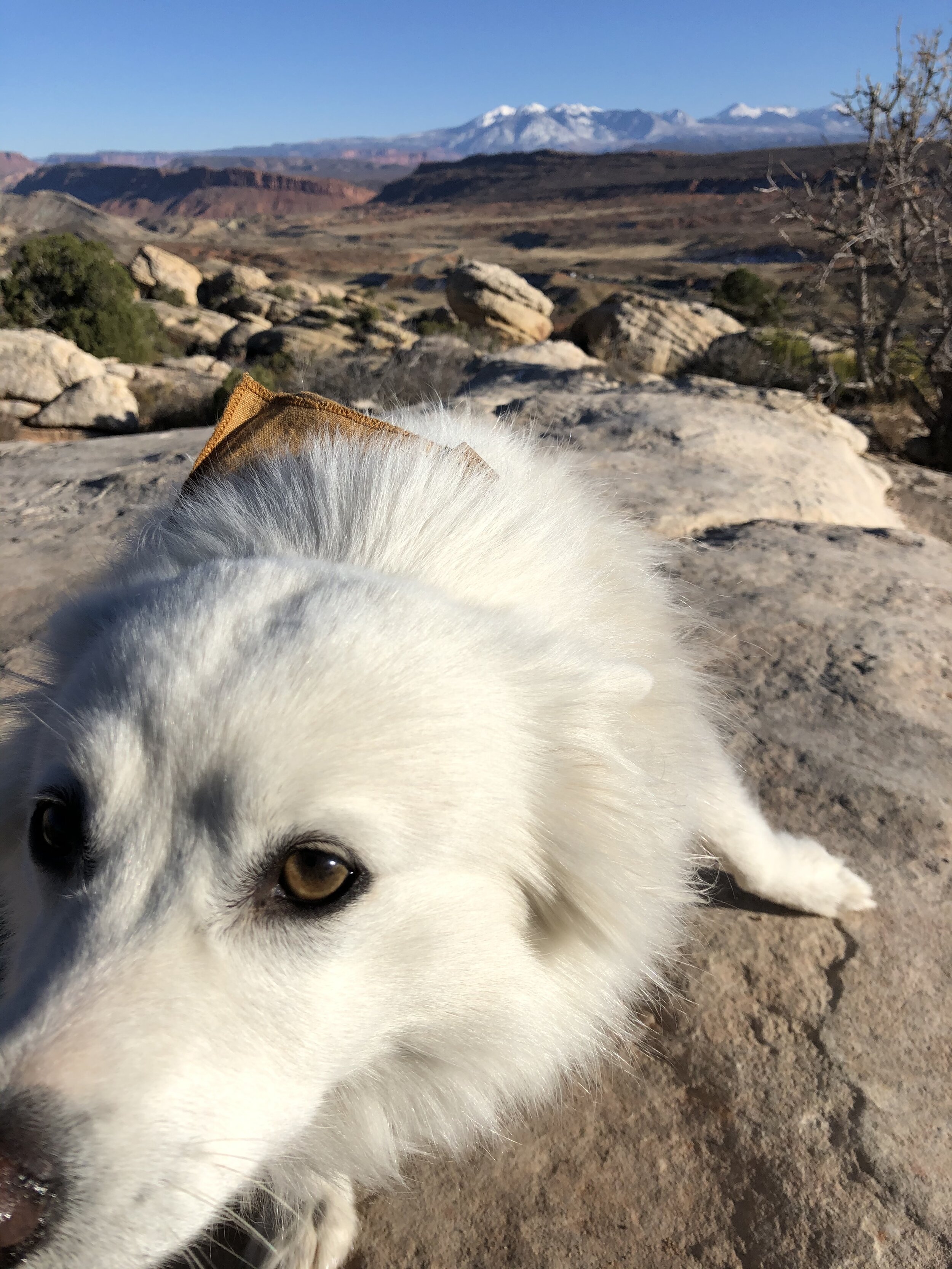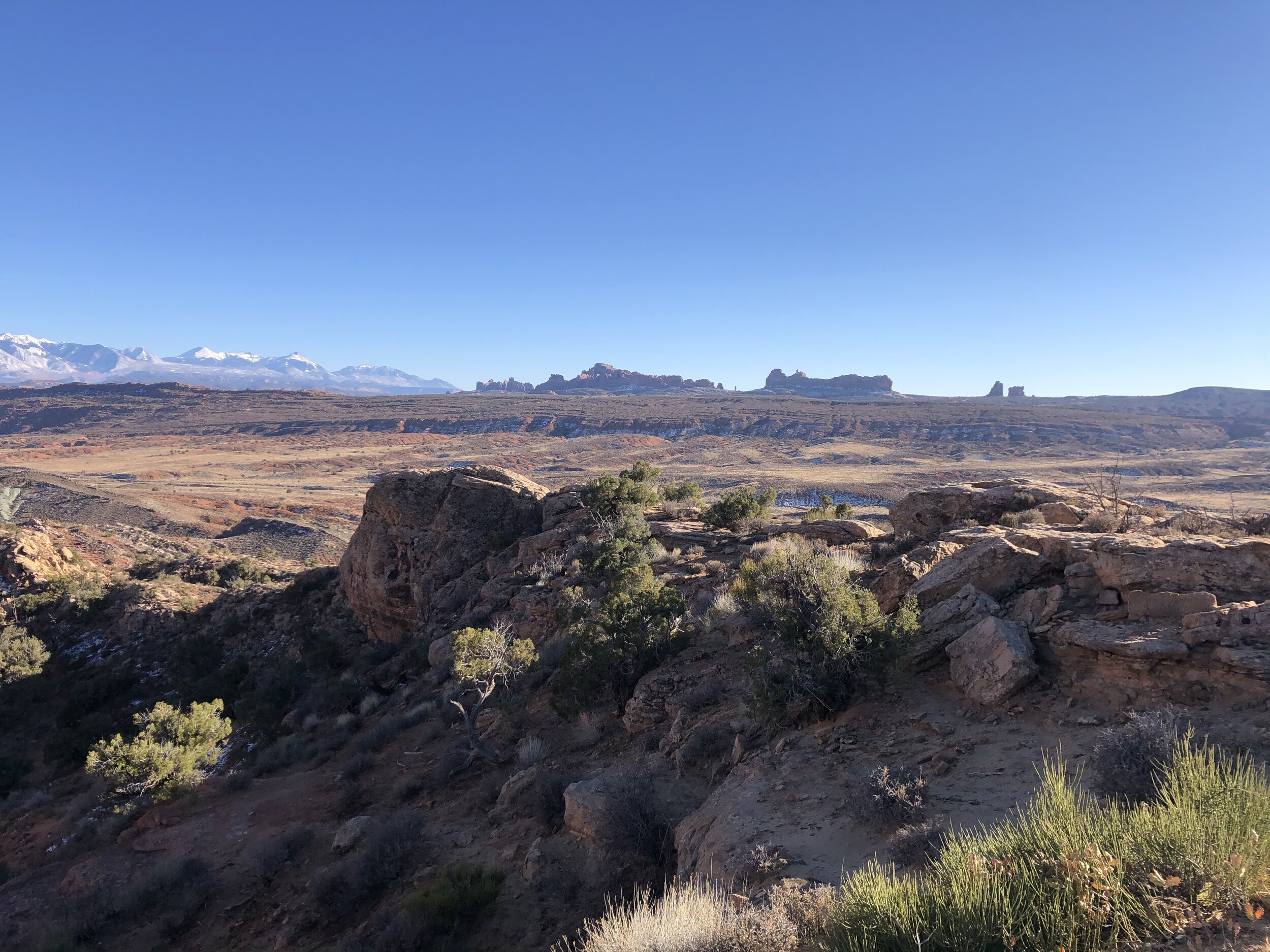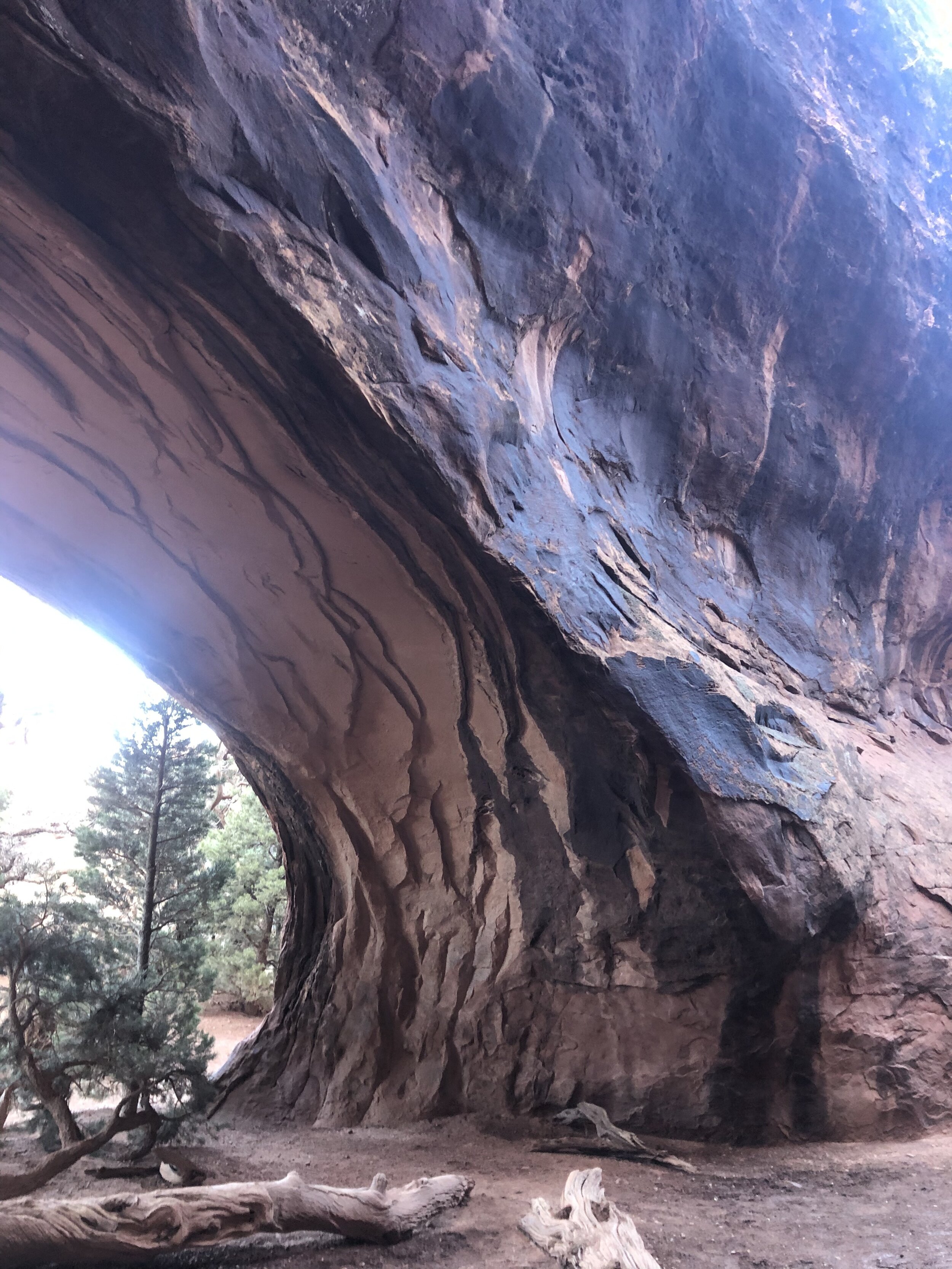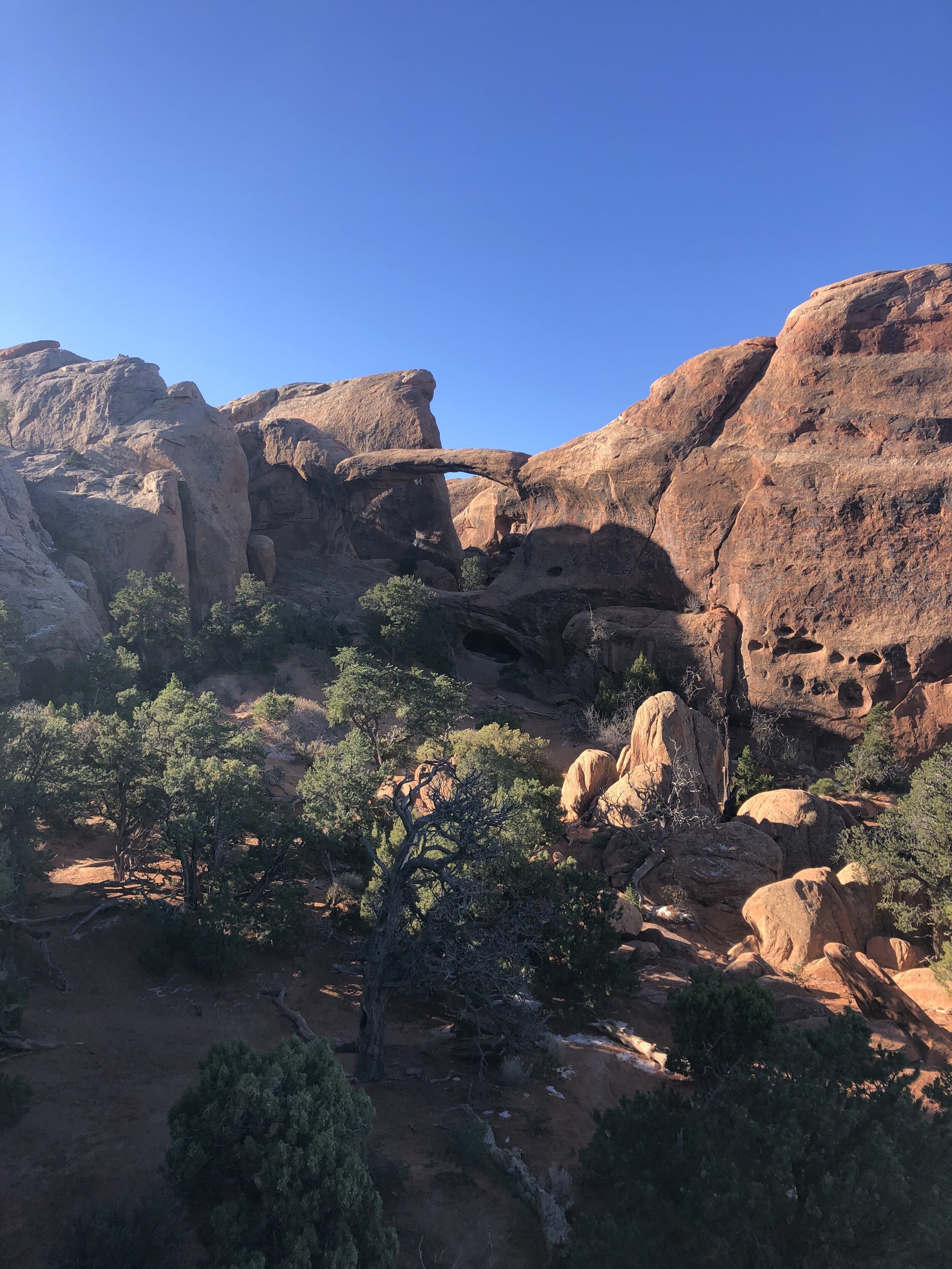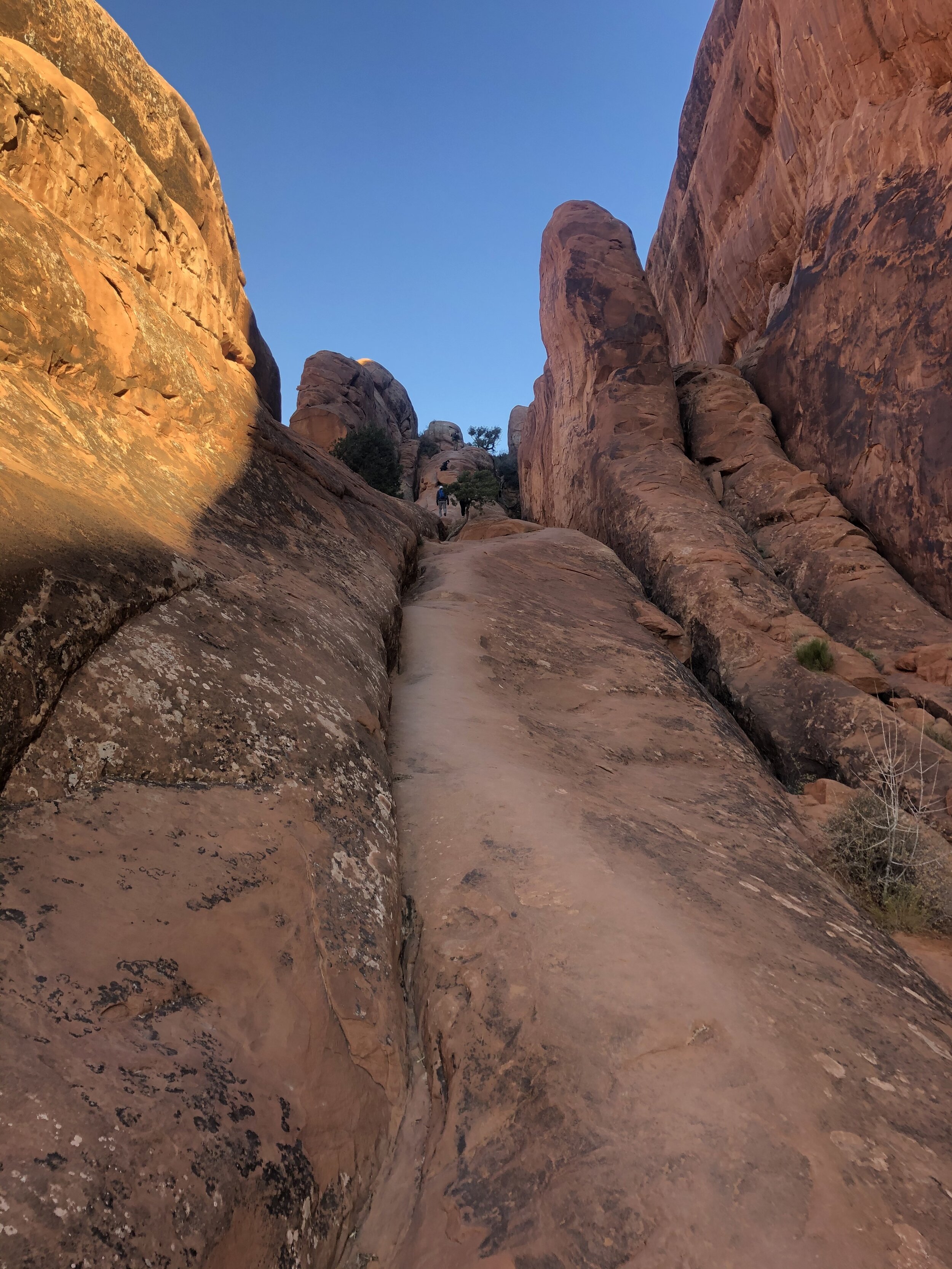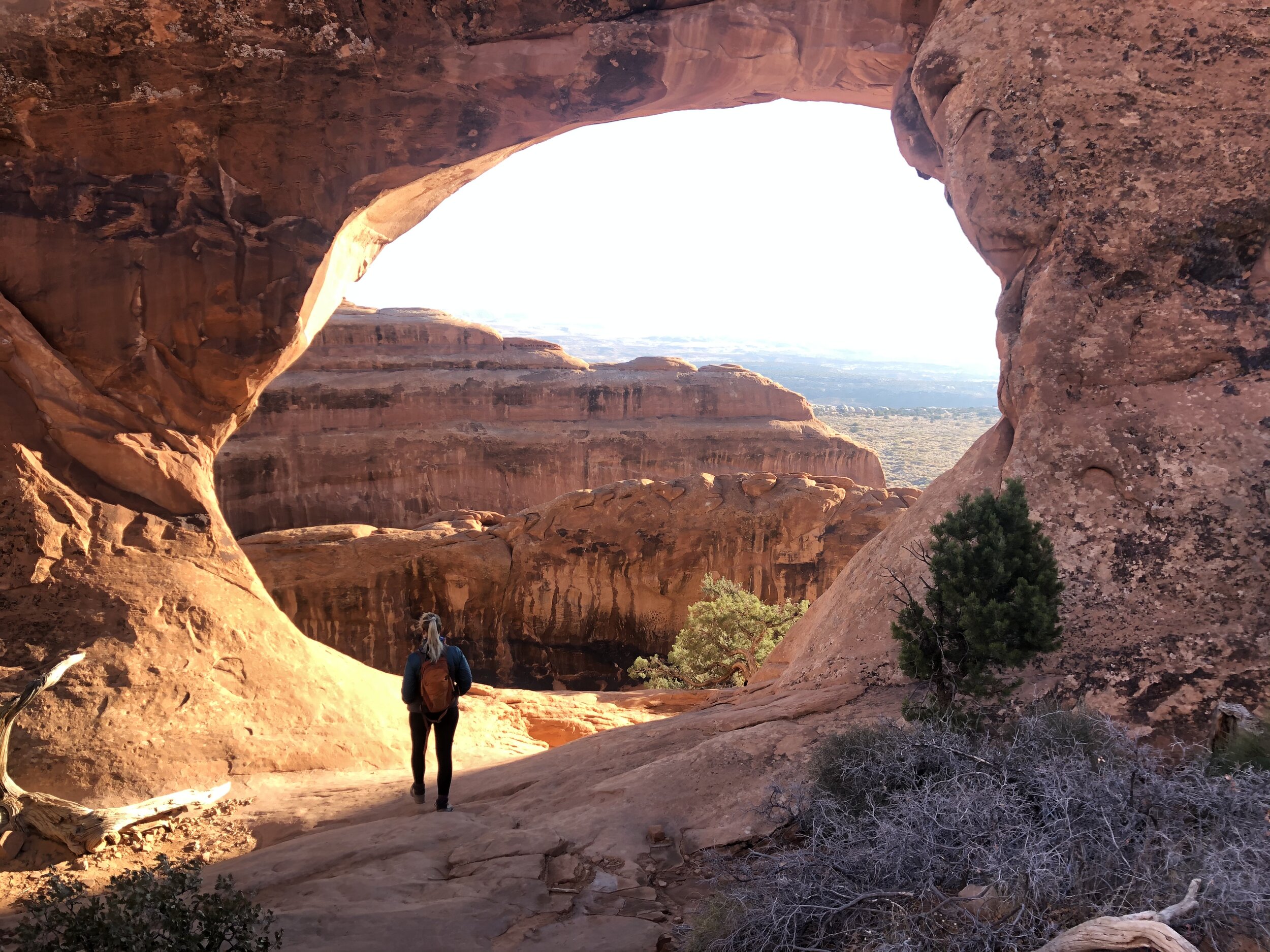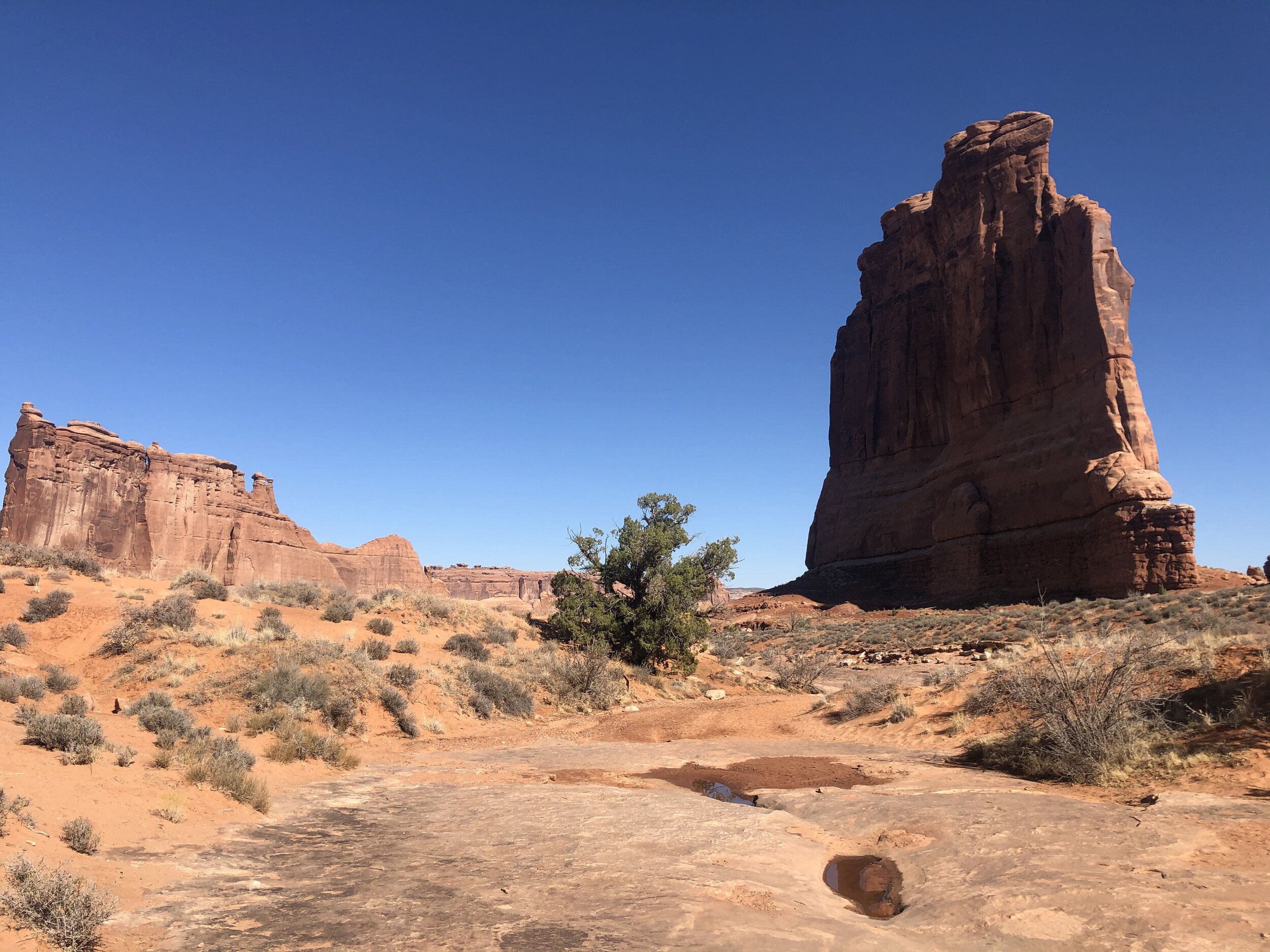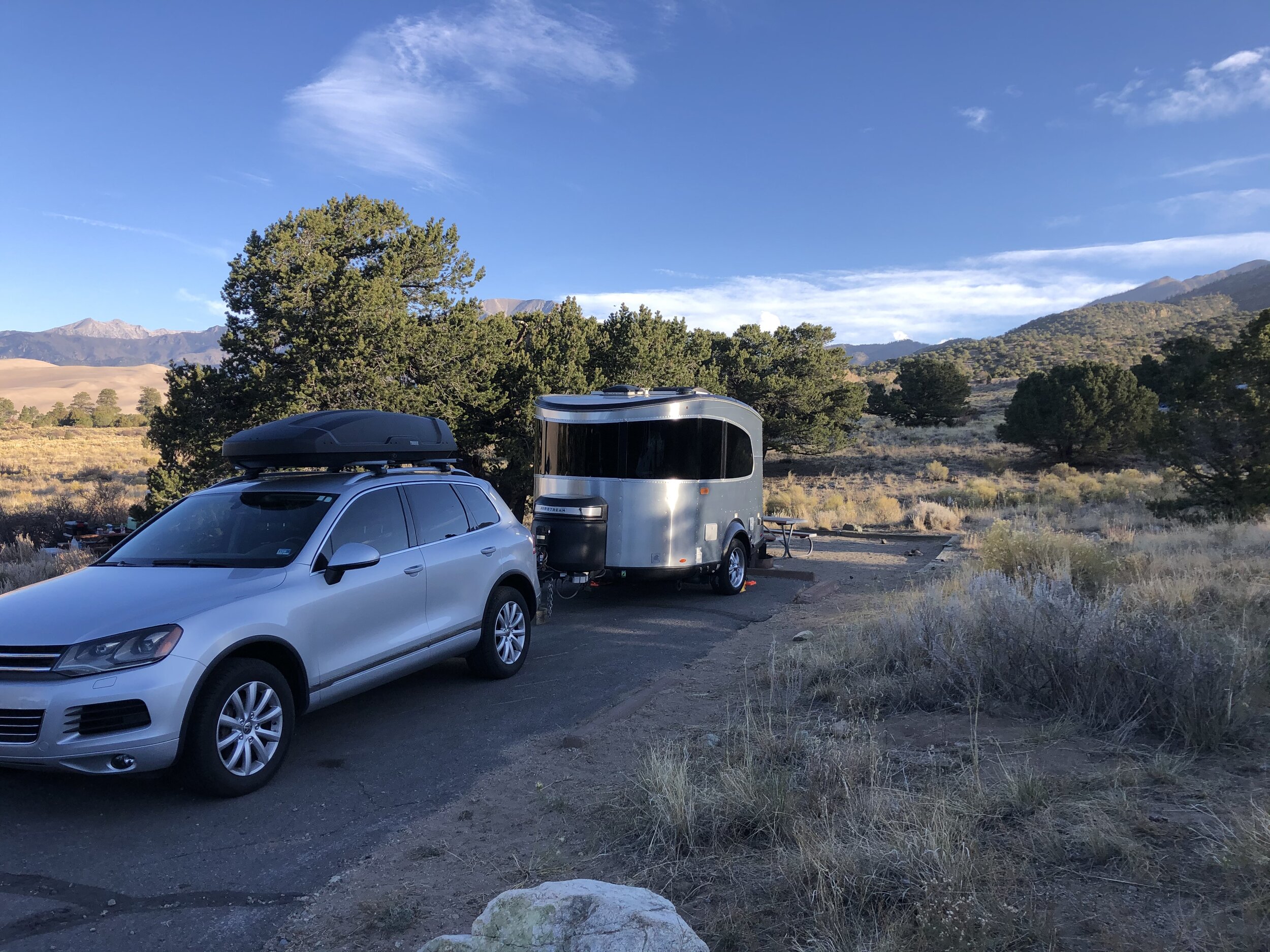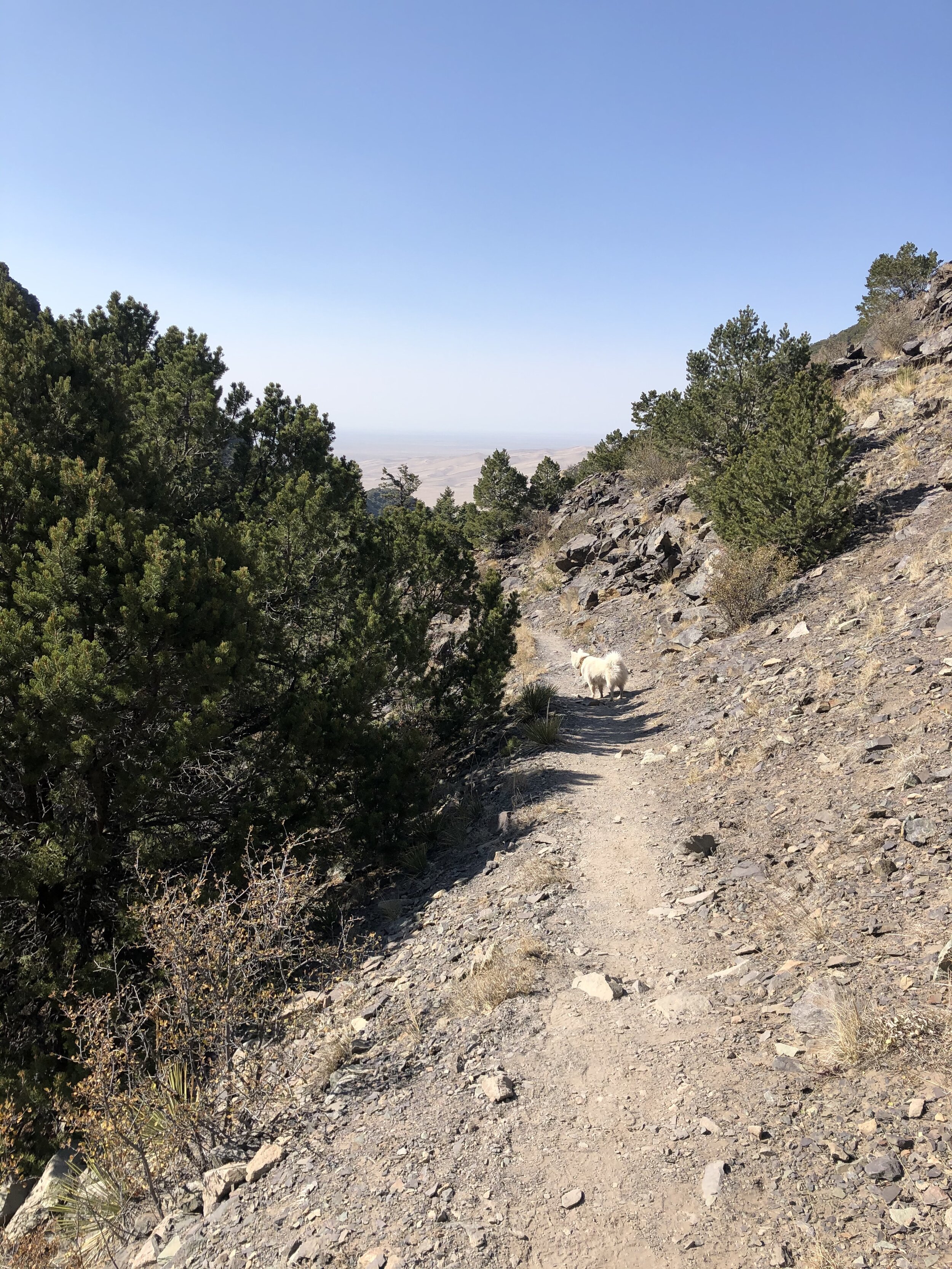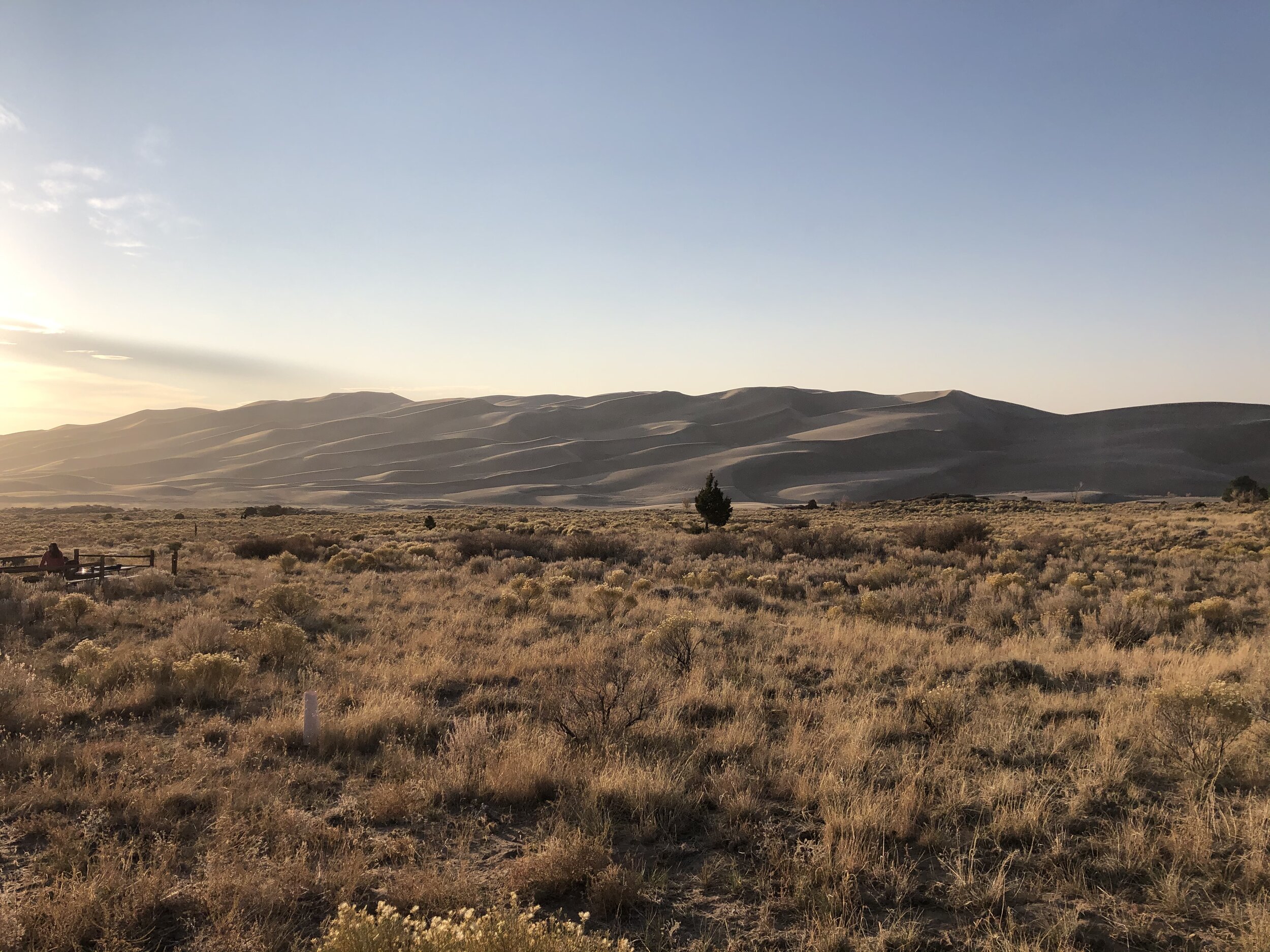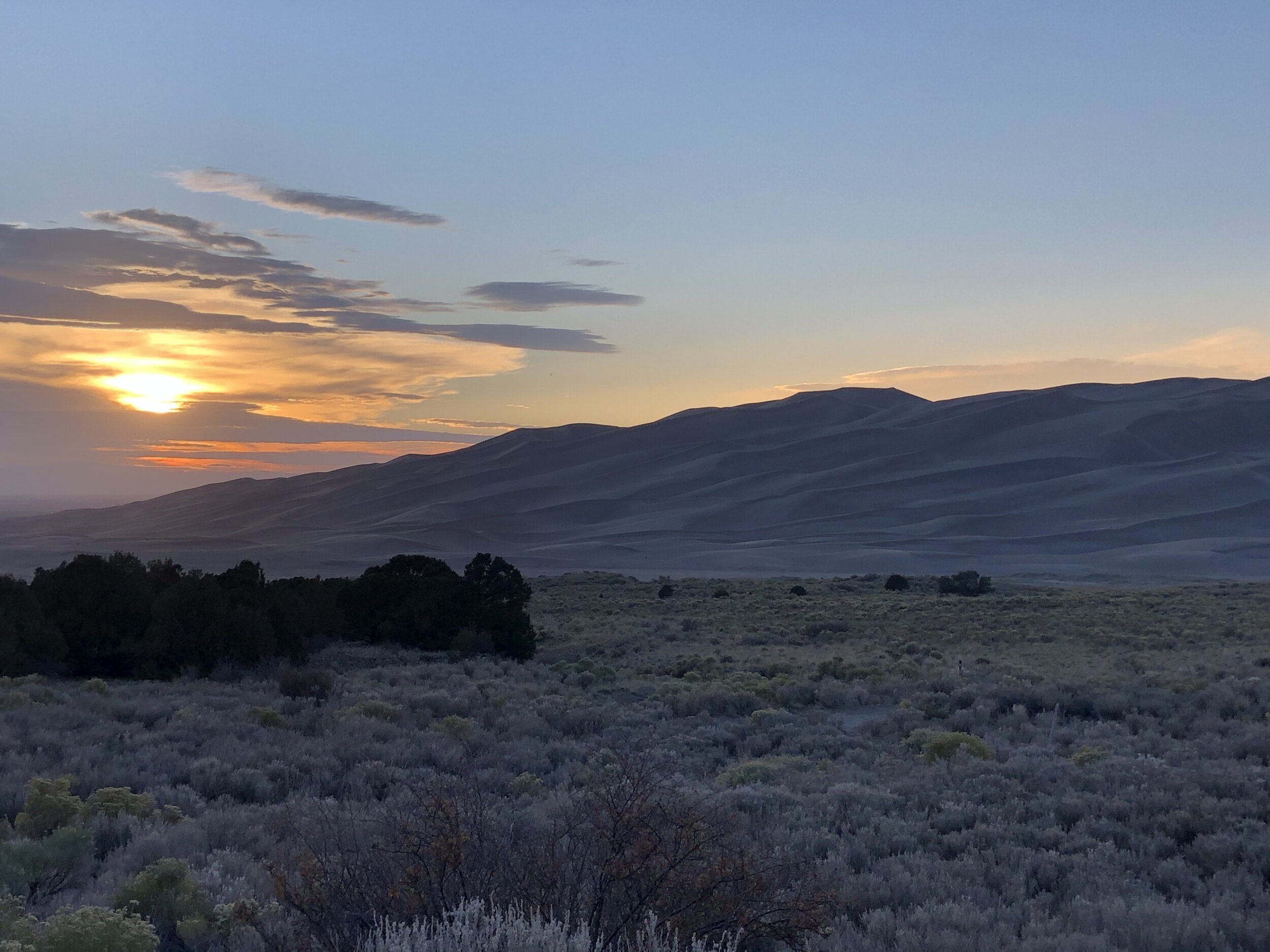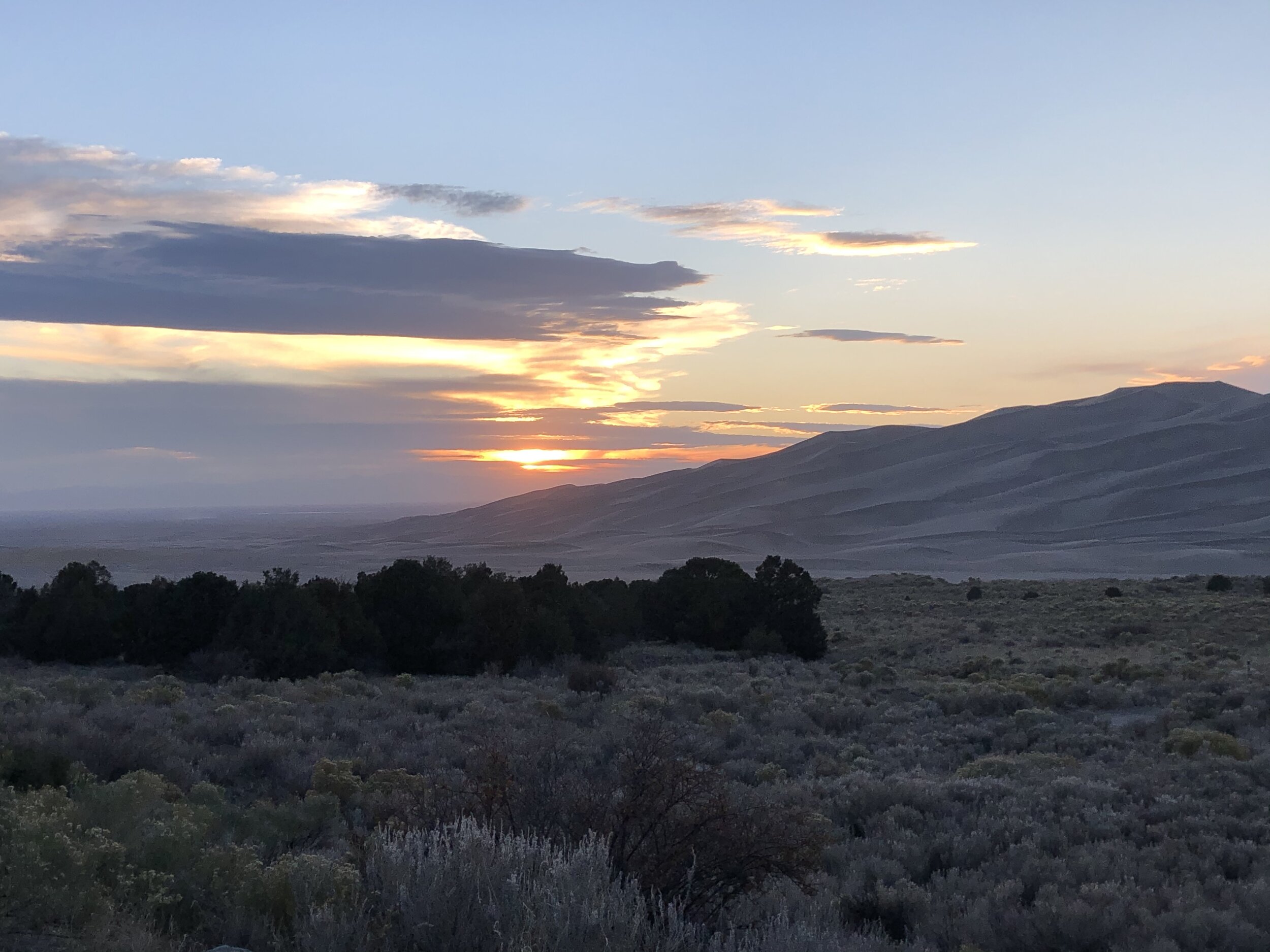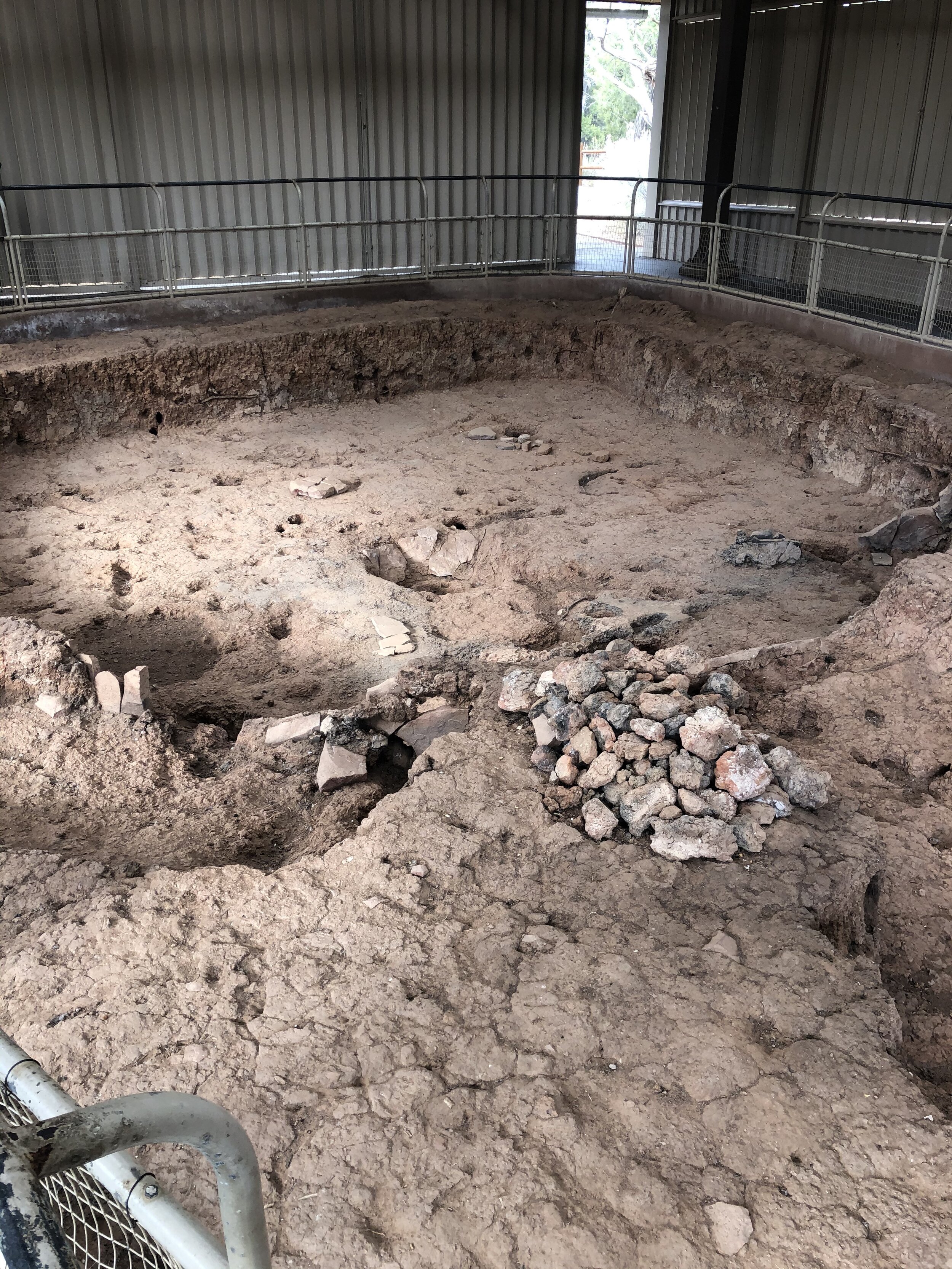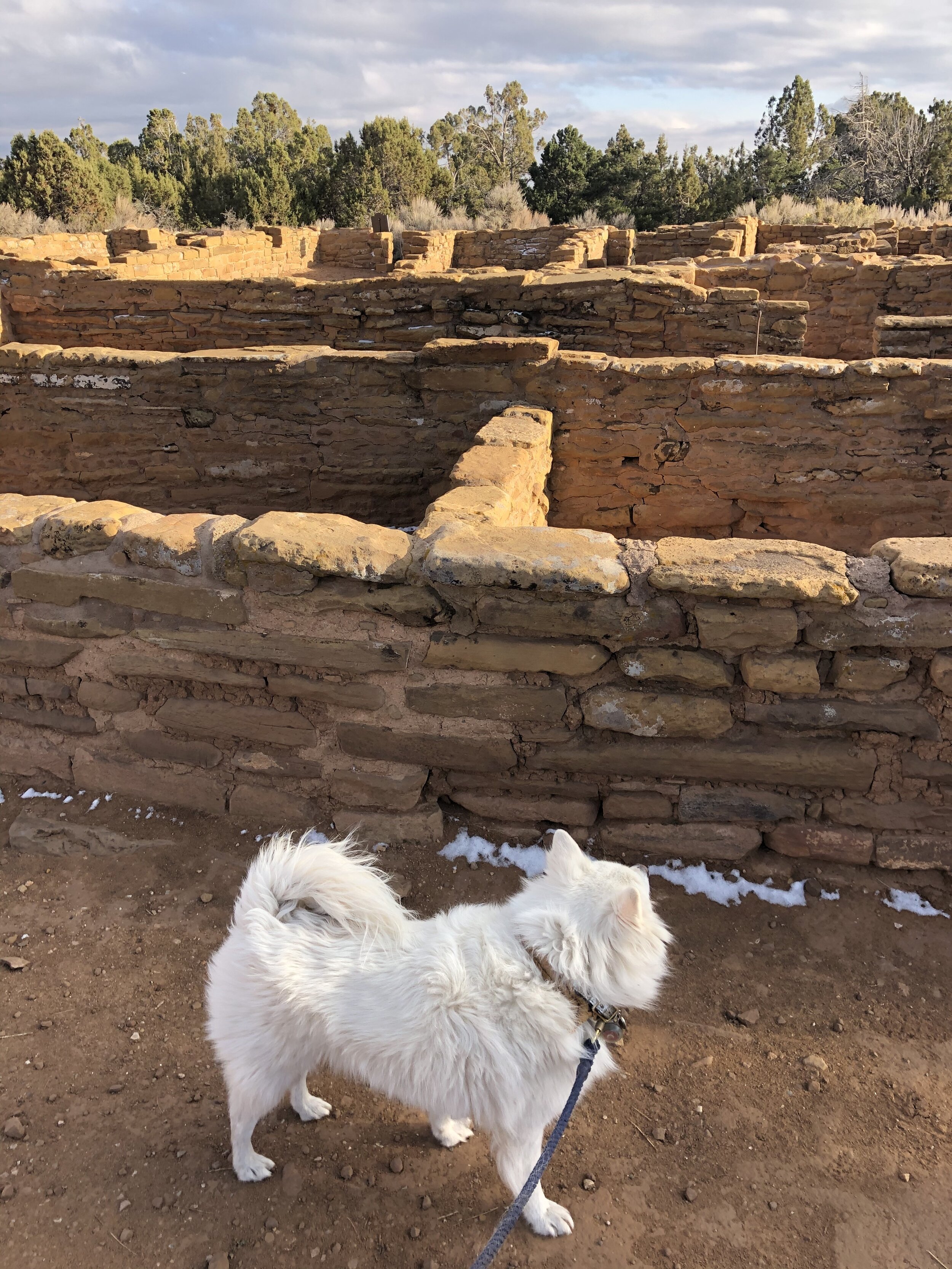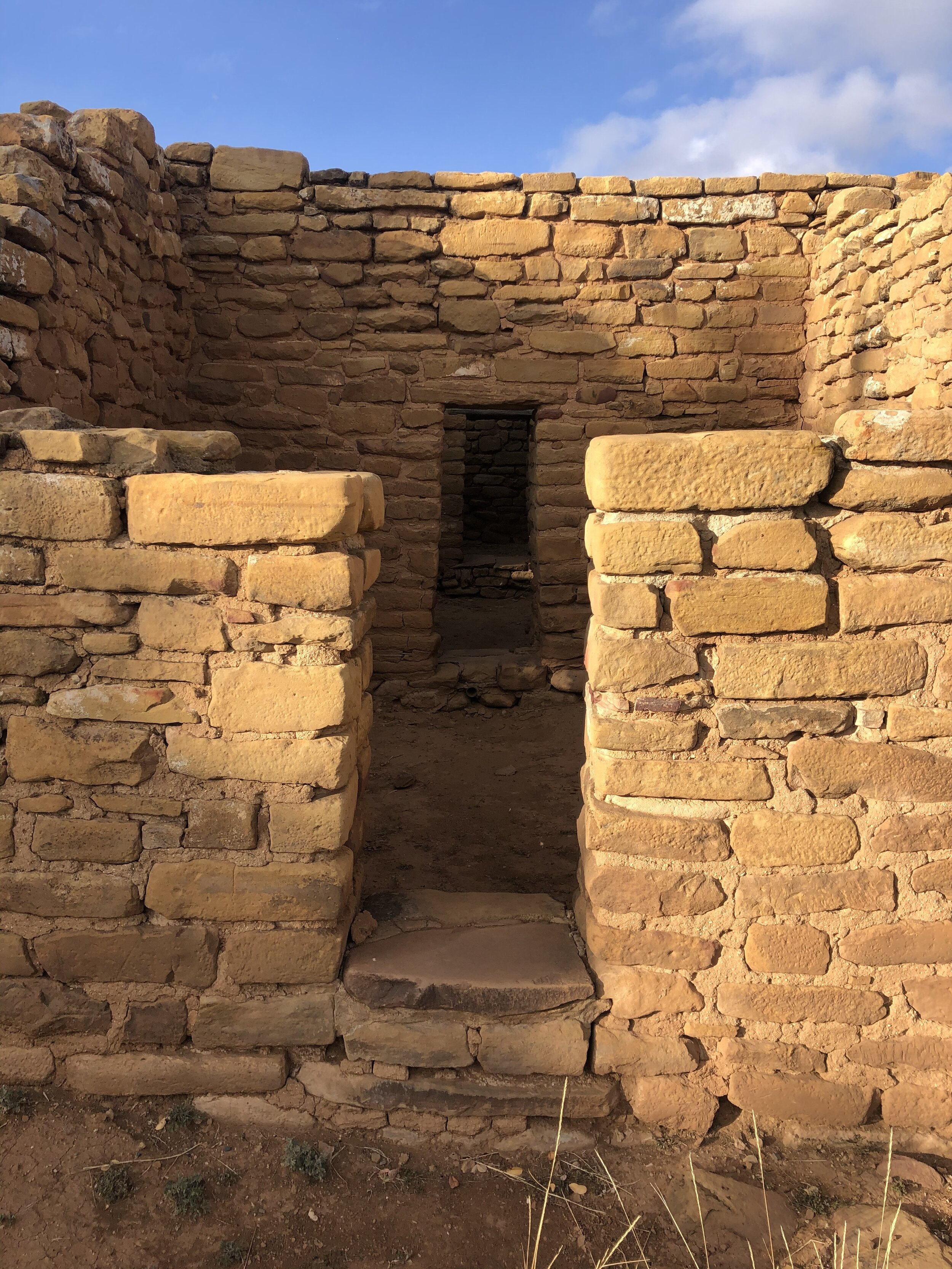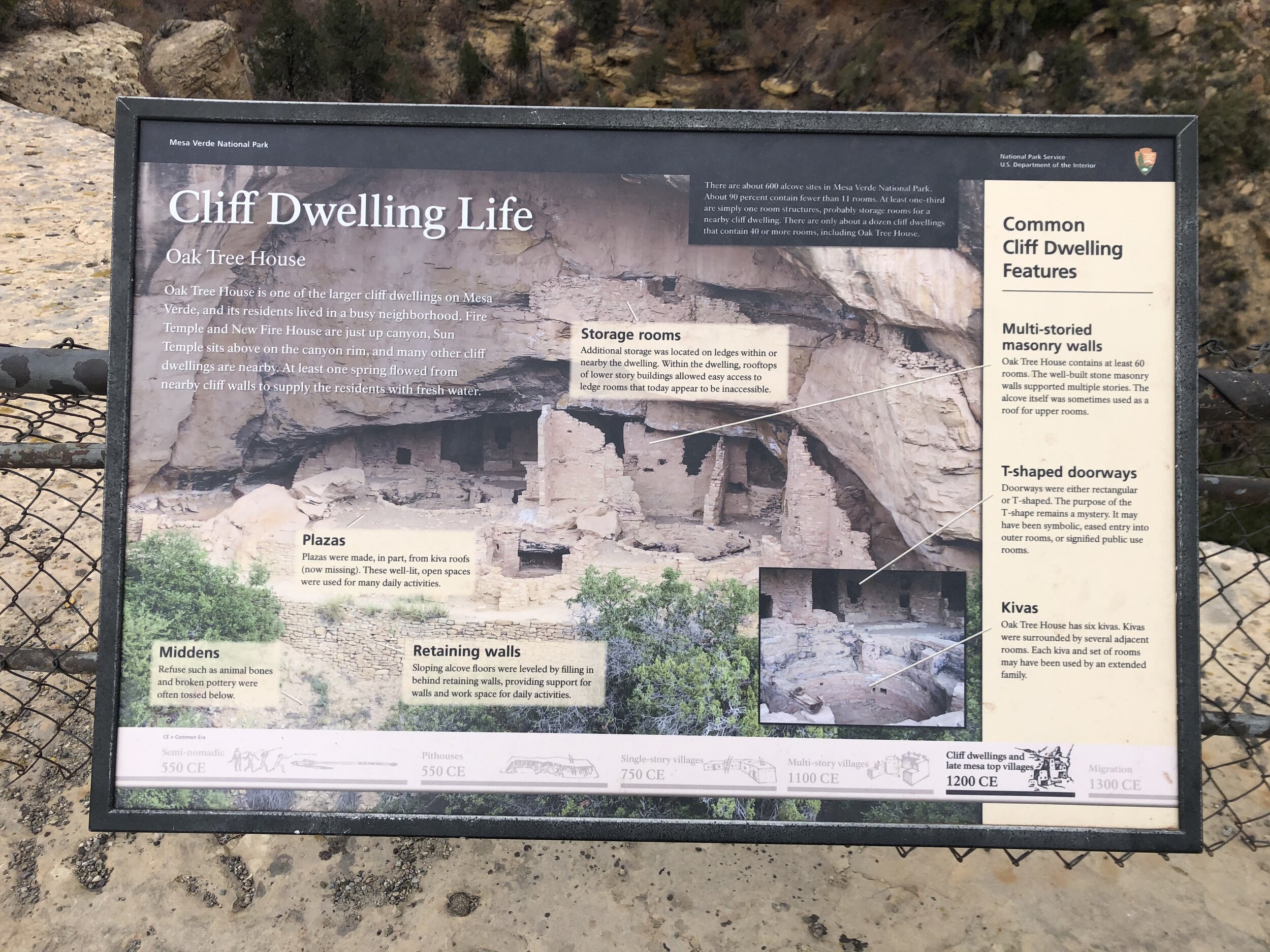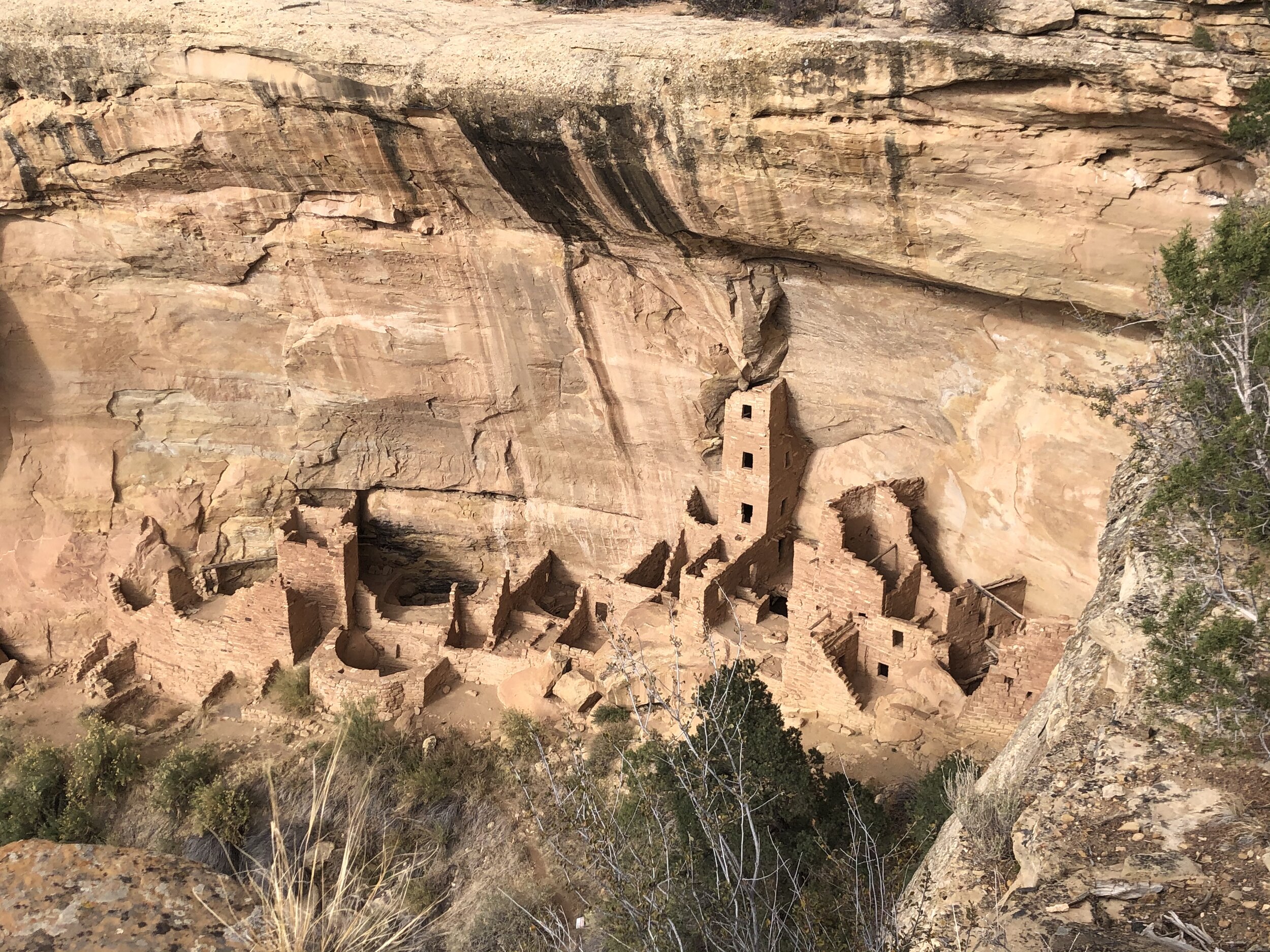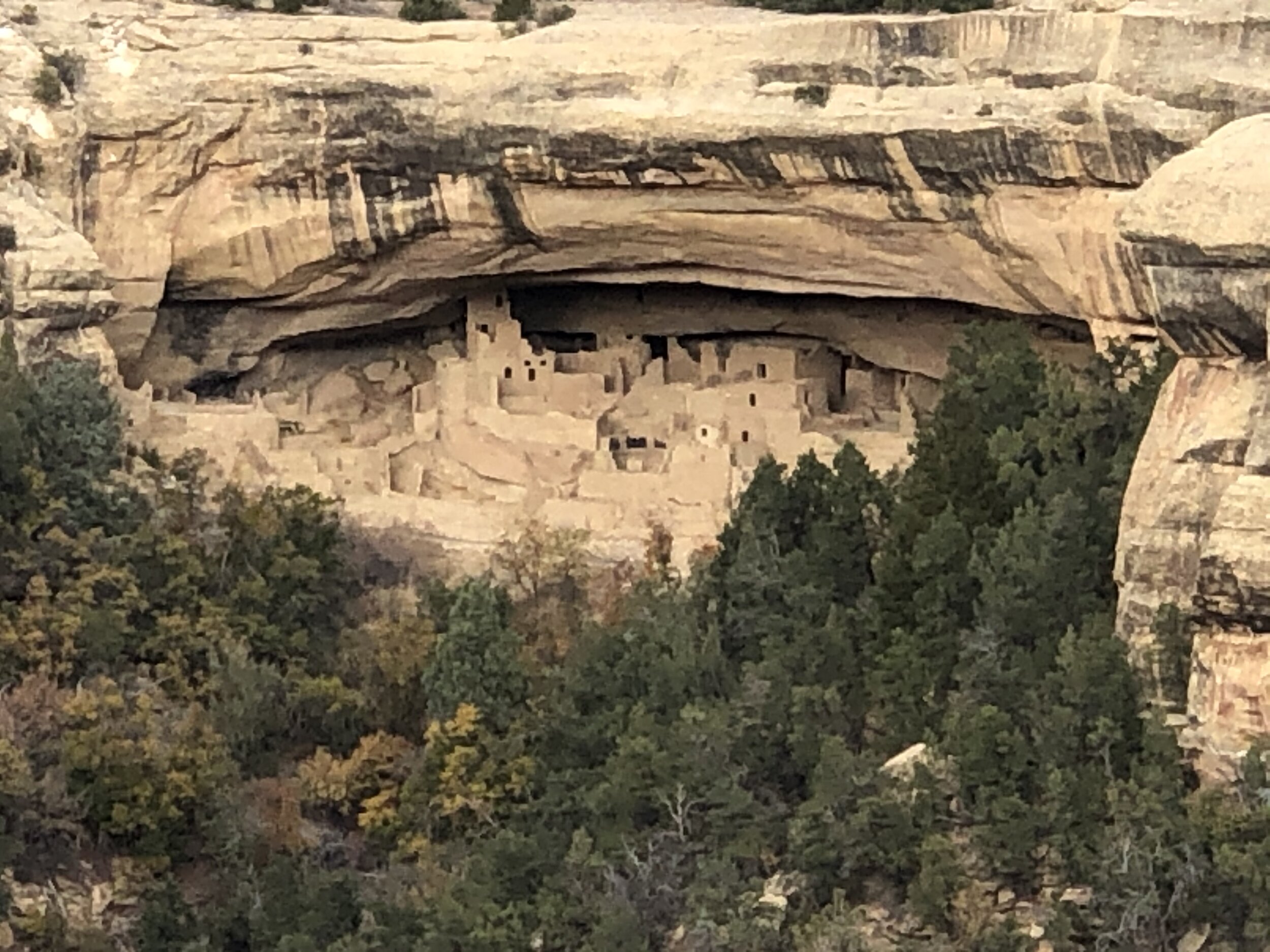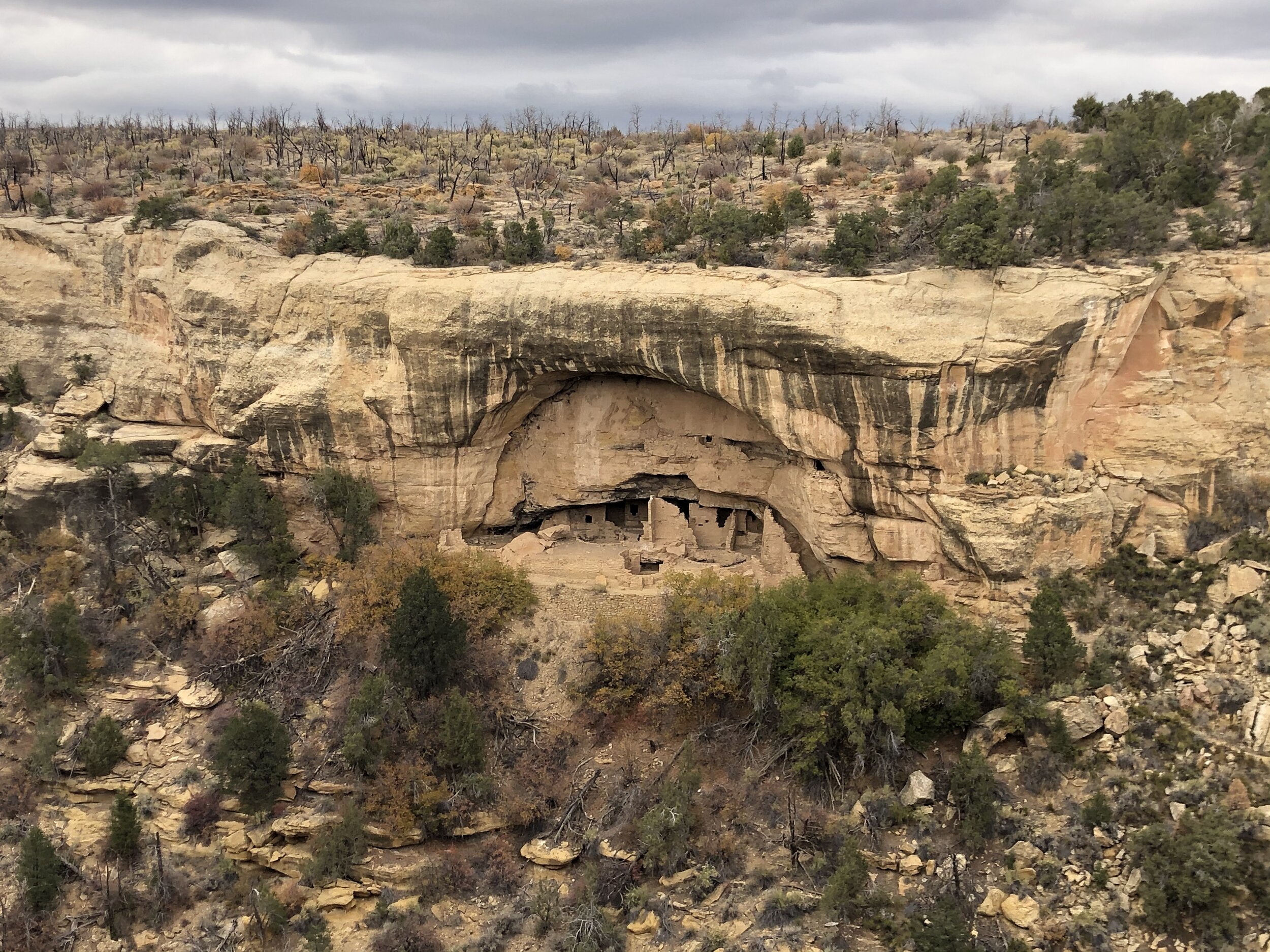#57: Southern Arizona & Saguaro National Park
I went back and forth a lot with how to navigate Arizona. It's a massive state with so much to offer. I spent a lot of time mapping out what route makes the most sense. If I've learned anything on this trip, it's: do not wait to do something. If I want to do it, I can't think, "I'll do it later." I need to do it now. So, with this mantra in mind, I headed to the southeast part of the state.
While I was in southern Arizona, mainly for Saguaro National Park, I had two little towns on my radar: Bisbee and Tombstone. I checked out Bisbee first.
Bisbee
Like most of these small western towns, Bisbee started as a mining town in the late 1800s. The primary industry was mining until the 1970s when the mines closed. As people moved away for other opportunities, an influx of free-spirited artists found Bisbee an affordable place of creative inspiration. Now, it's culturally rich with a diverse population.
Addie and I got a last-minute reservation at an RV park right in the town called Queen Mine RV Park. Not only was the location convenient to explore Bisbee, but I also filled up and dumped Airstream tanks and charged the battery.
Bisbee was cute. I'm not sure I "got" it, exactly, but it was eclectic, historic, and colorful.




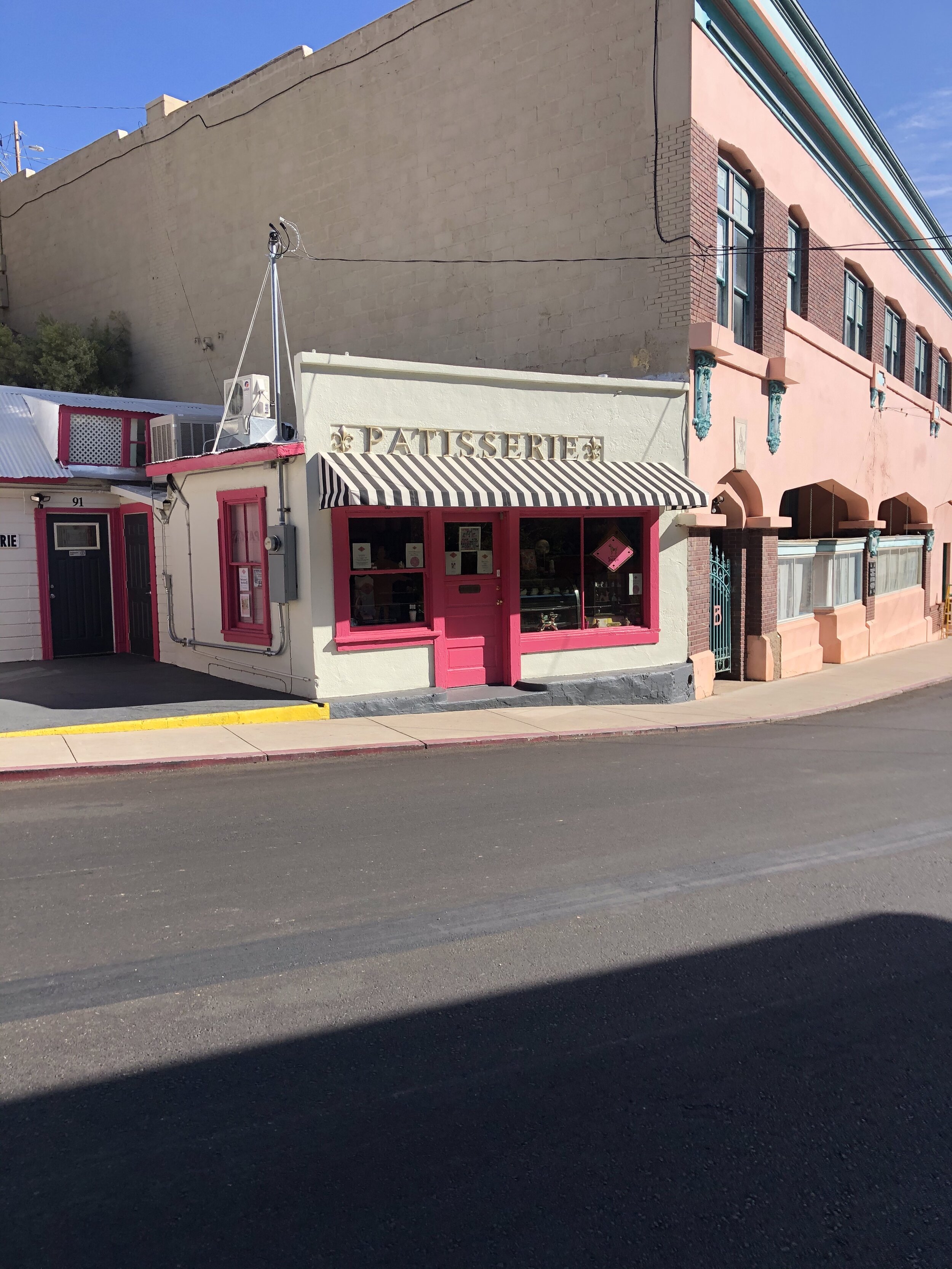






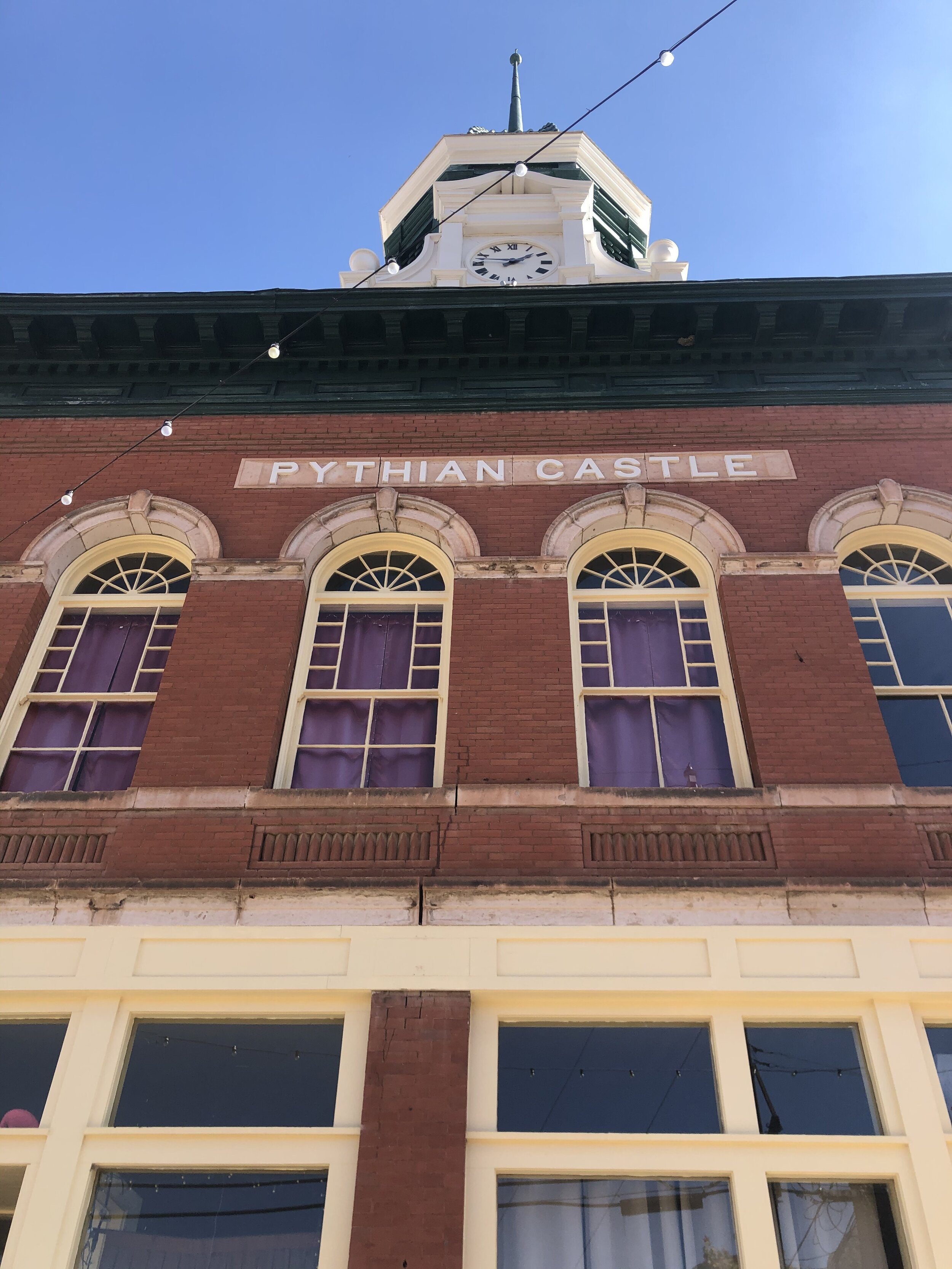

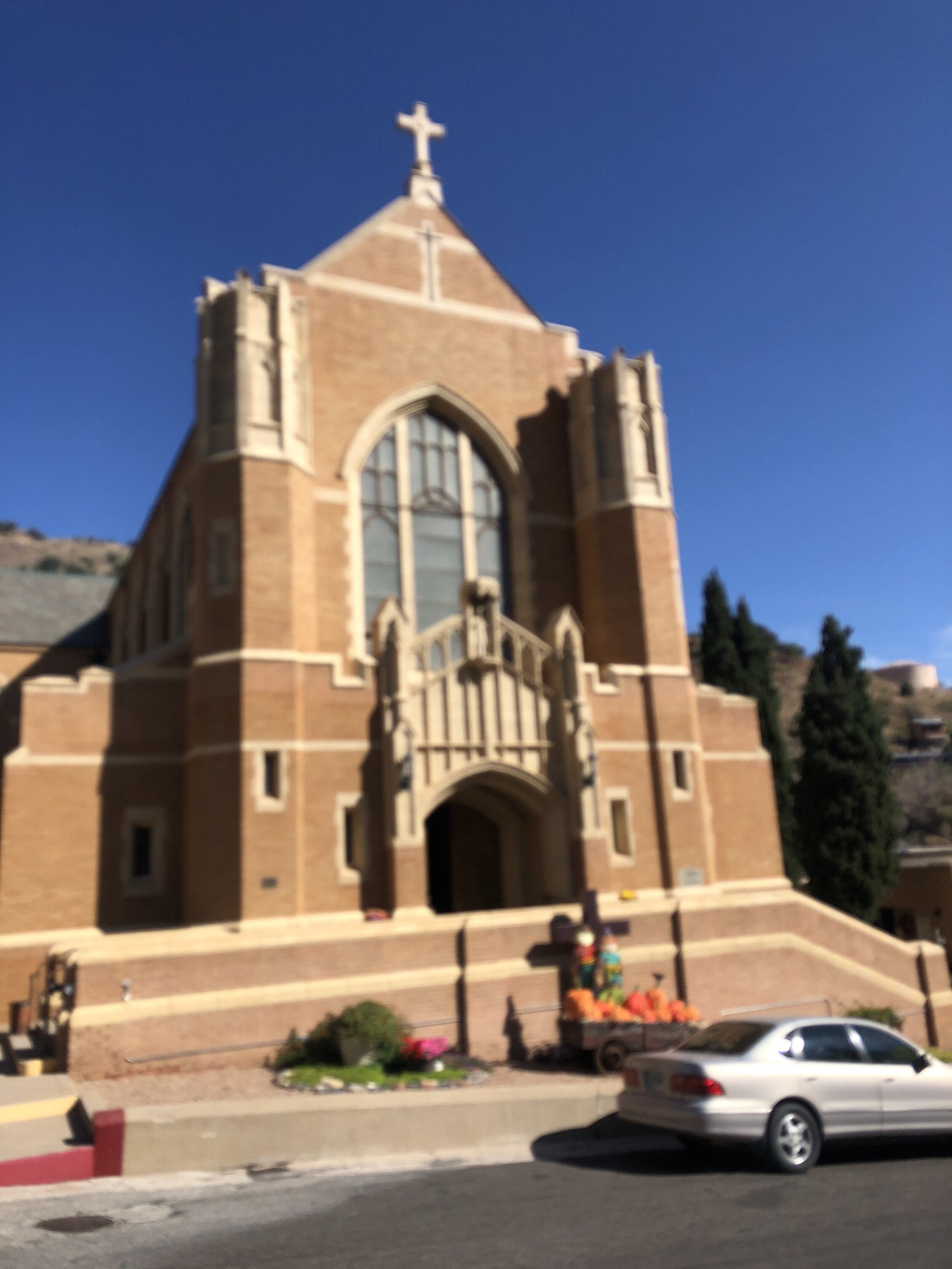
Tombstone
Tombstone is only about 30 minutes from Bisbee. I was psyched to see this place. Regretfully, I didn’t do enough research before visiting - I still haven’t seen the entire Tombstone movie. Rookie mistake. But, it was still very cool and “western.” Some would argue it’s a bit hokey, with the gunfight theaters and people dressed in period, but I ate it up. I also bought a pair of boots.





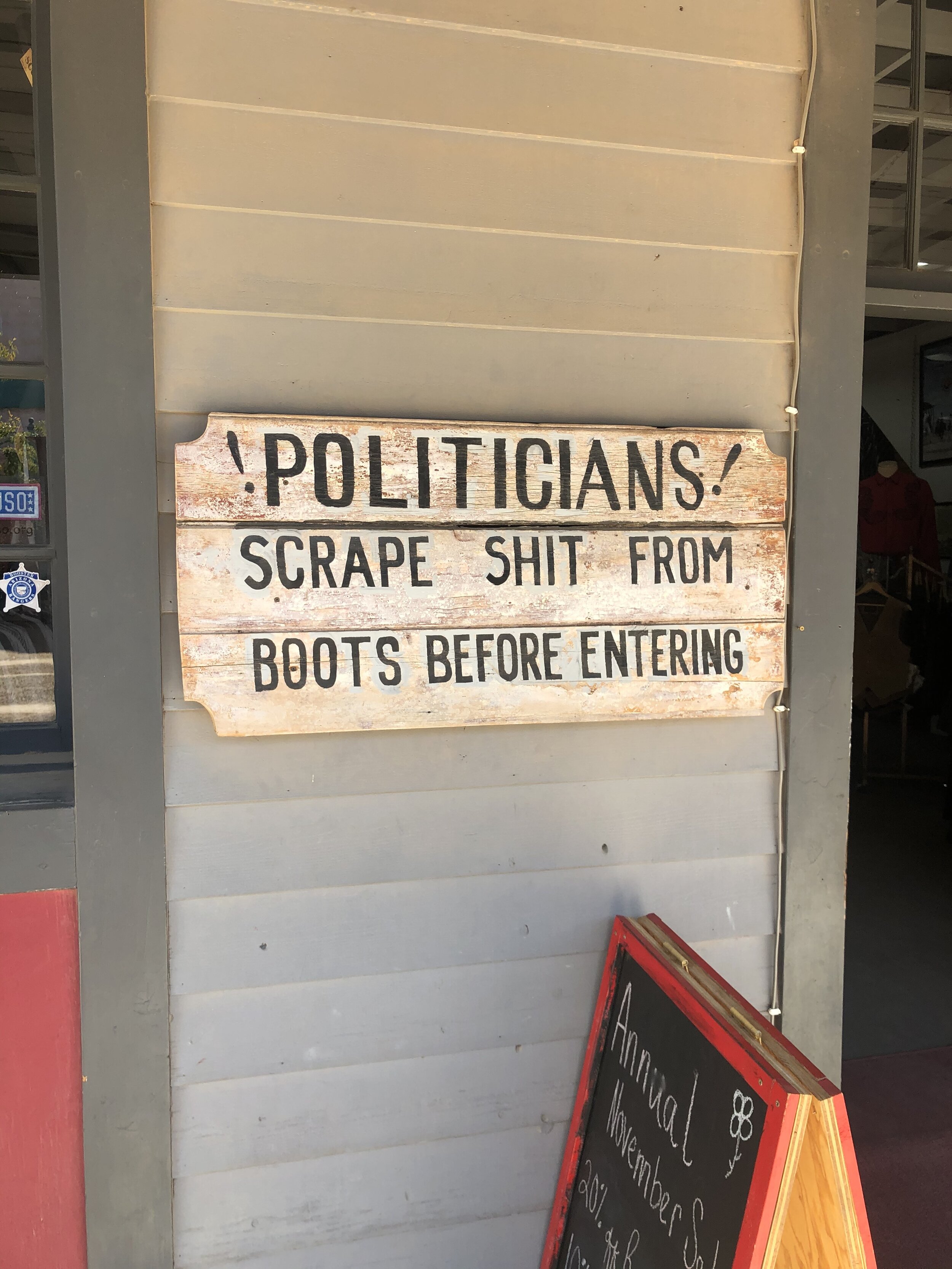
Some free, dispersed camping (boondocking) spots are great, and some are not. I happened to find an excellent one on the way from Tombstone to Saguaro. It was clean, quiet, spaced out, and far enough away to be secluded but close enough to be easy. It was also scenic.
Saguaro National Park
Saguaro National Park is in the Sonoran Desert. There are two sections of Saguaro National Park - Saguaro East (Rincon Mountain District) and Saguaro West (Tucson Mountain District). In the morning, we visited the east side, followed by the west side.
There are some trails to hike, and Addie and I did a few nature walks, but we mostly drove and shot photos. The west side seemed to bring me more excitement. The loop road becomes a dirt road, which is always more fun. Also, the west side seemed a lot less commercial. However, both were beautiful and filled with Saguaro and other types of cacti.
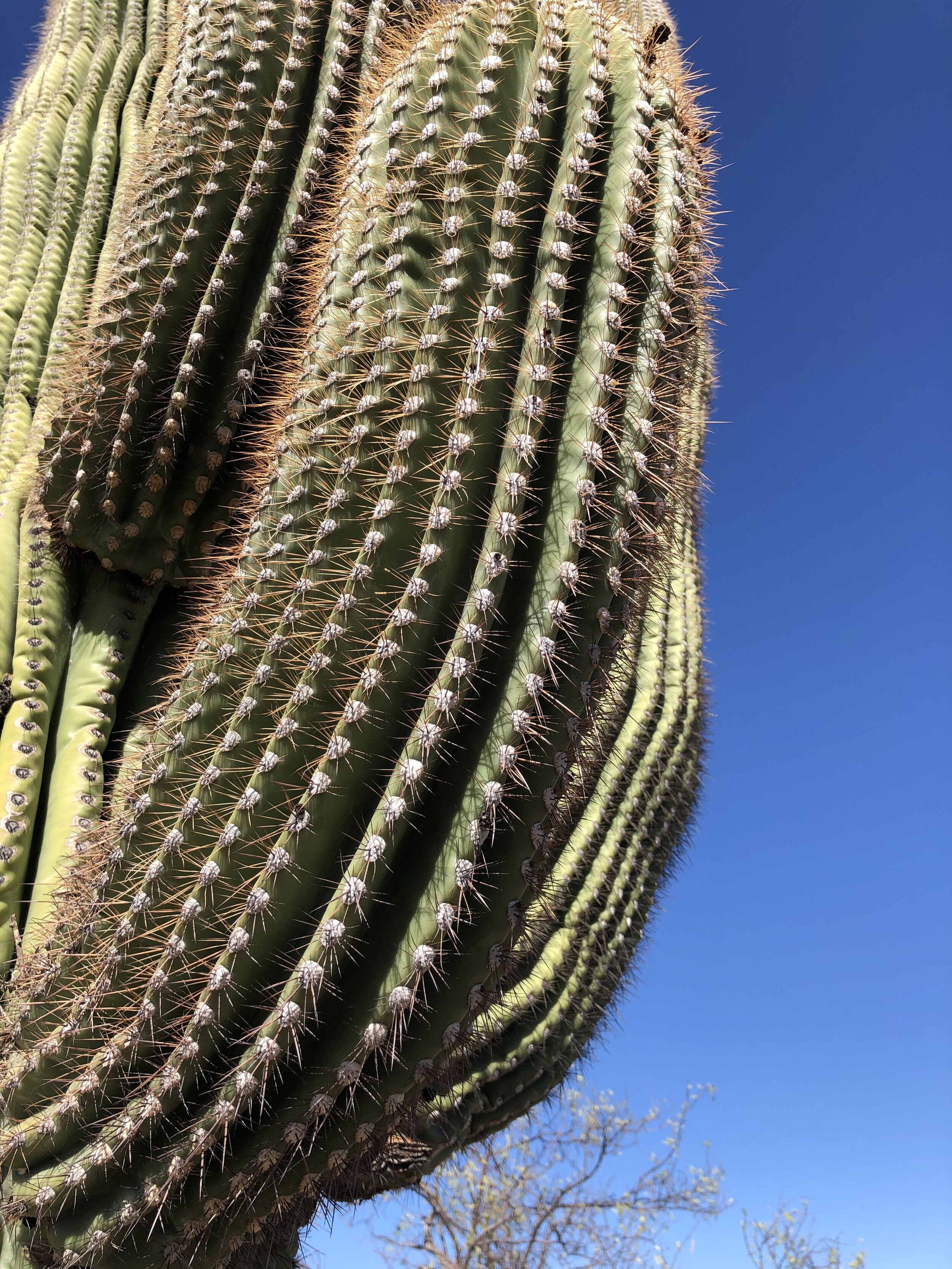













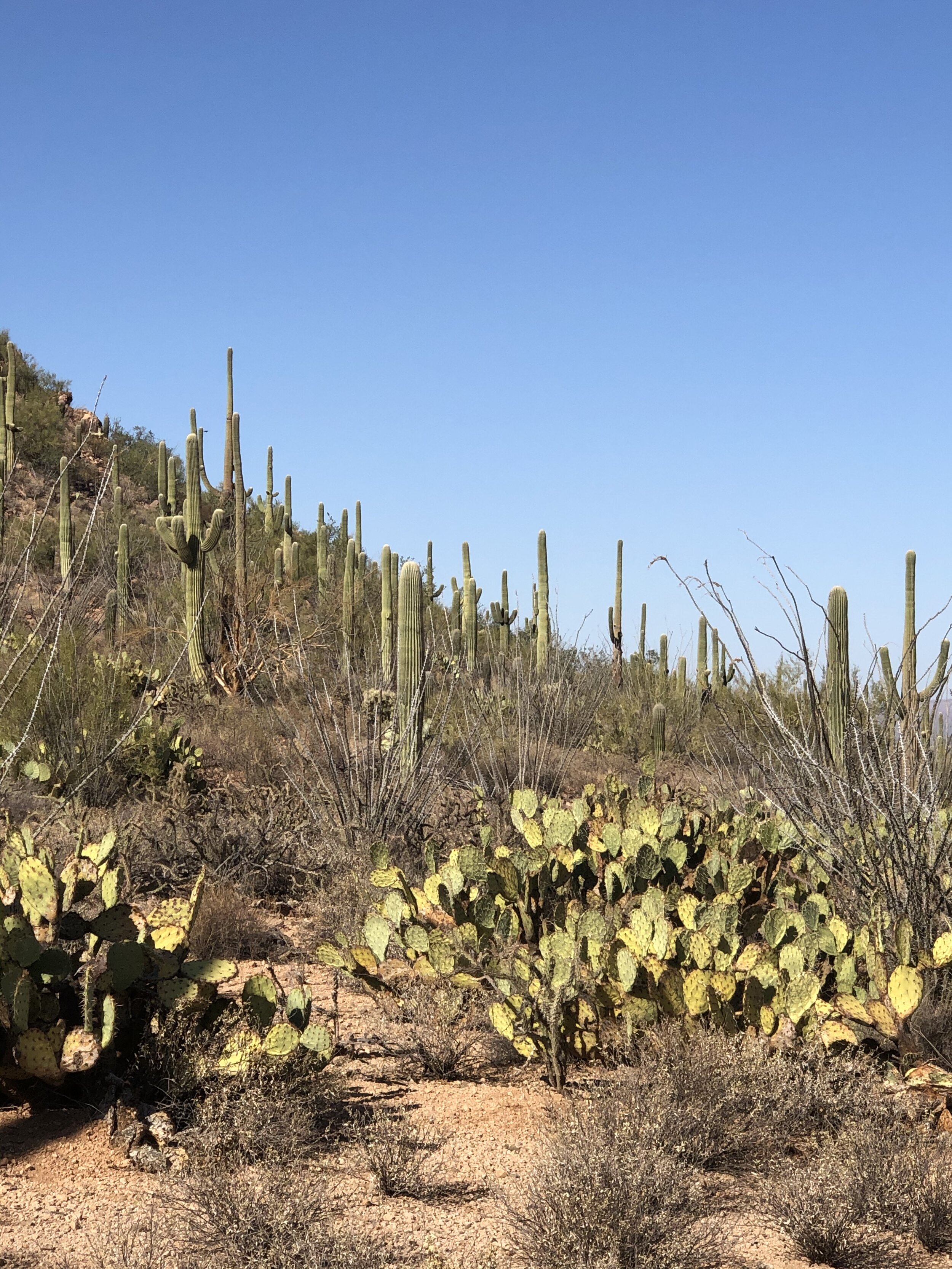
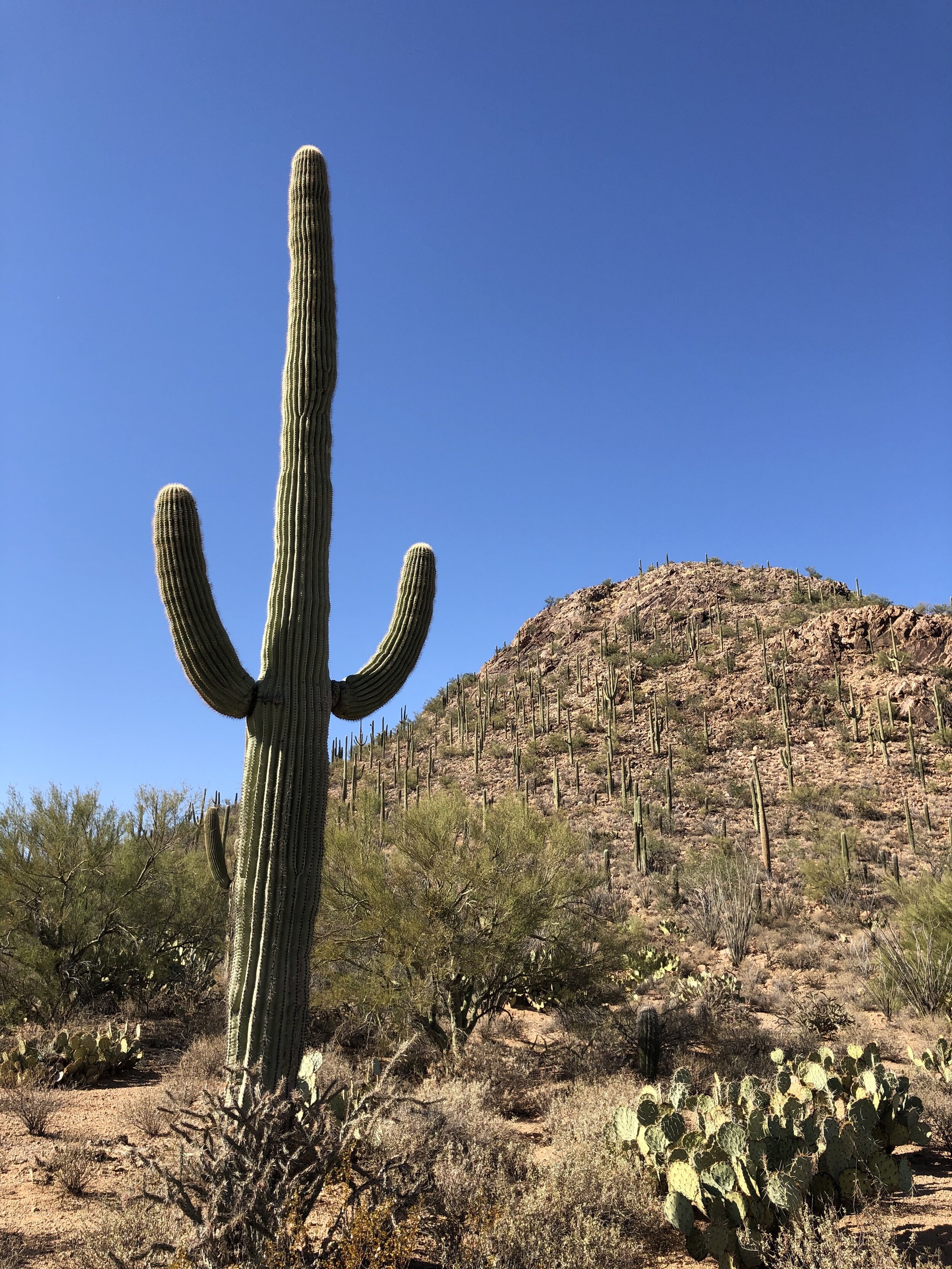


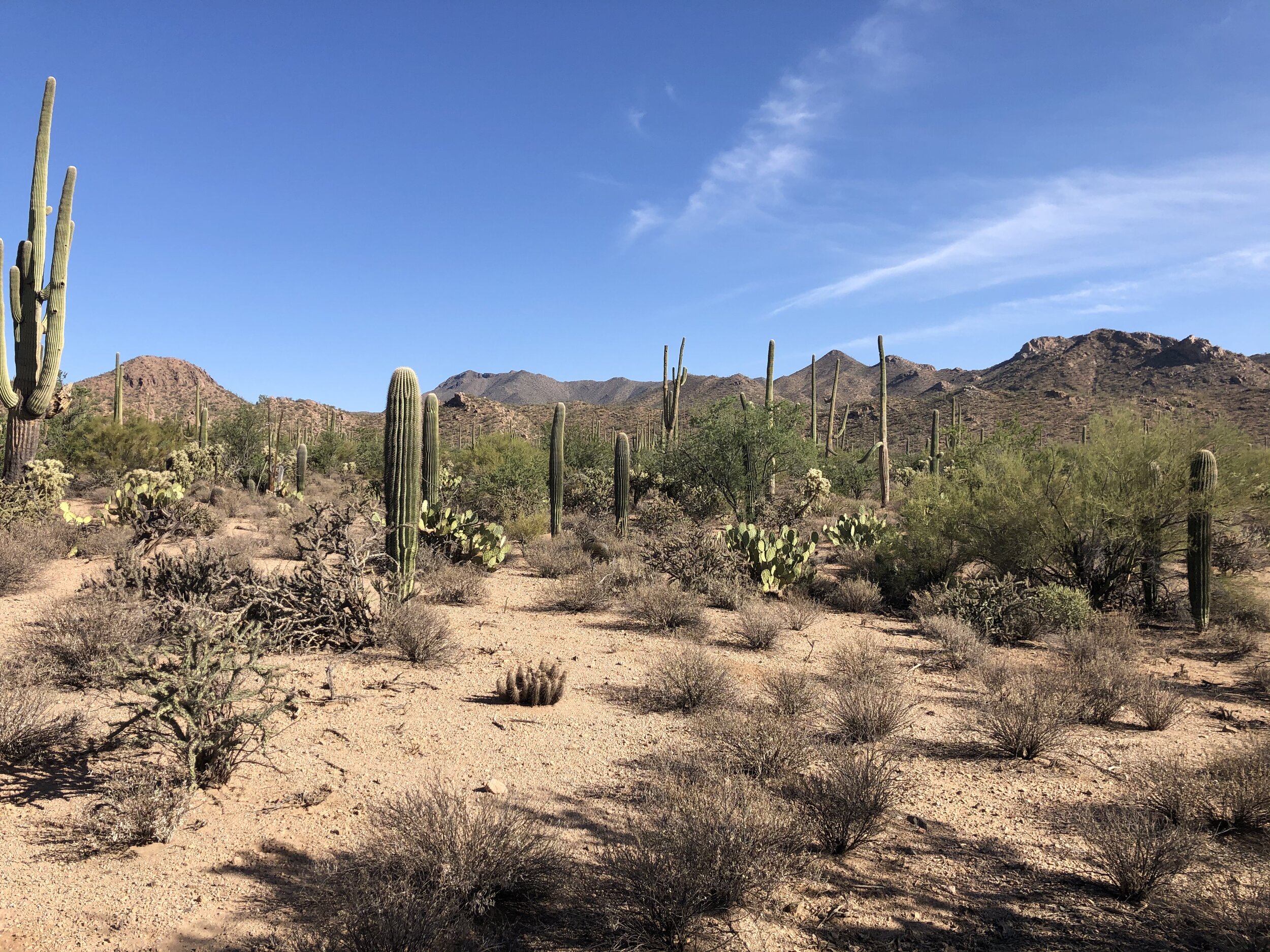
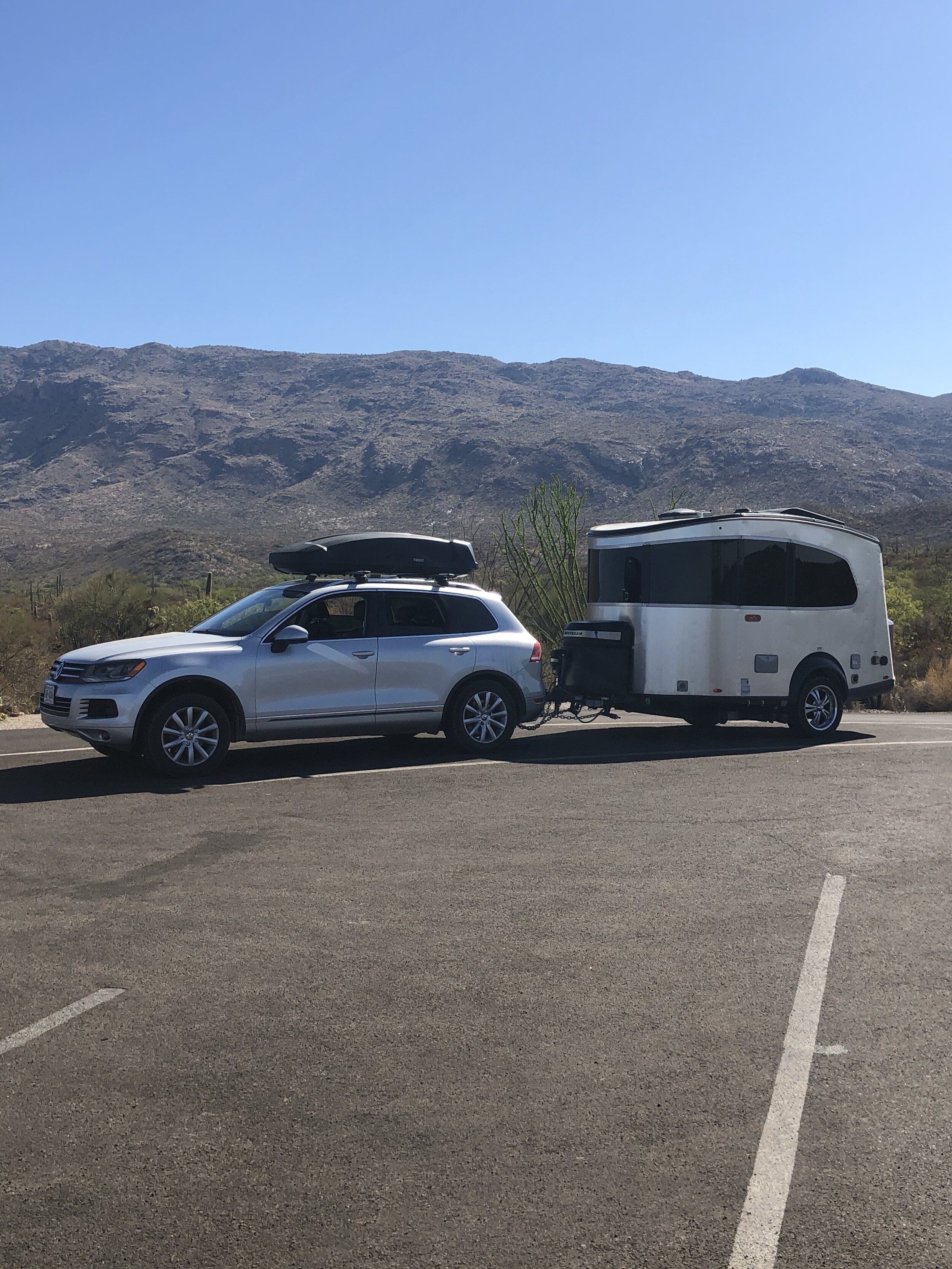

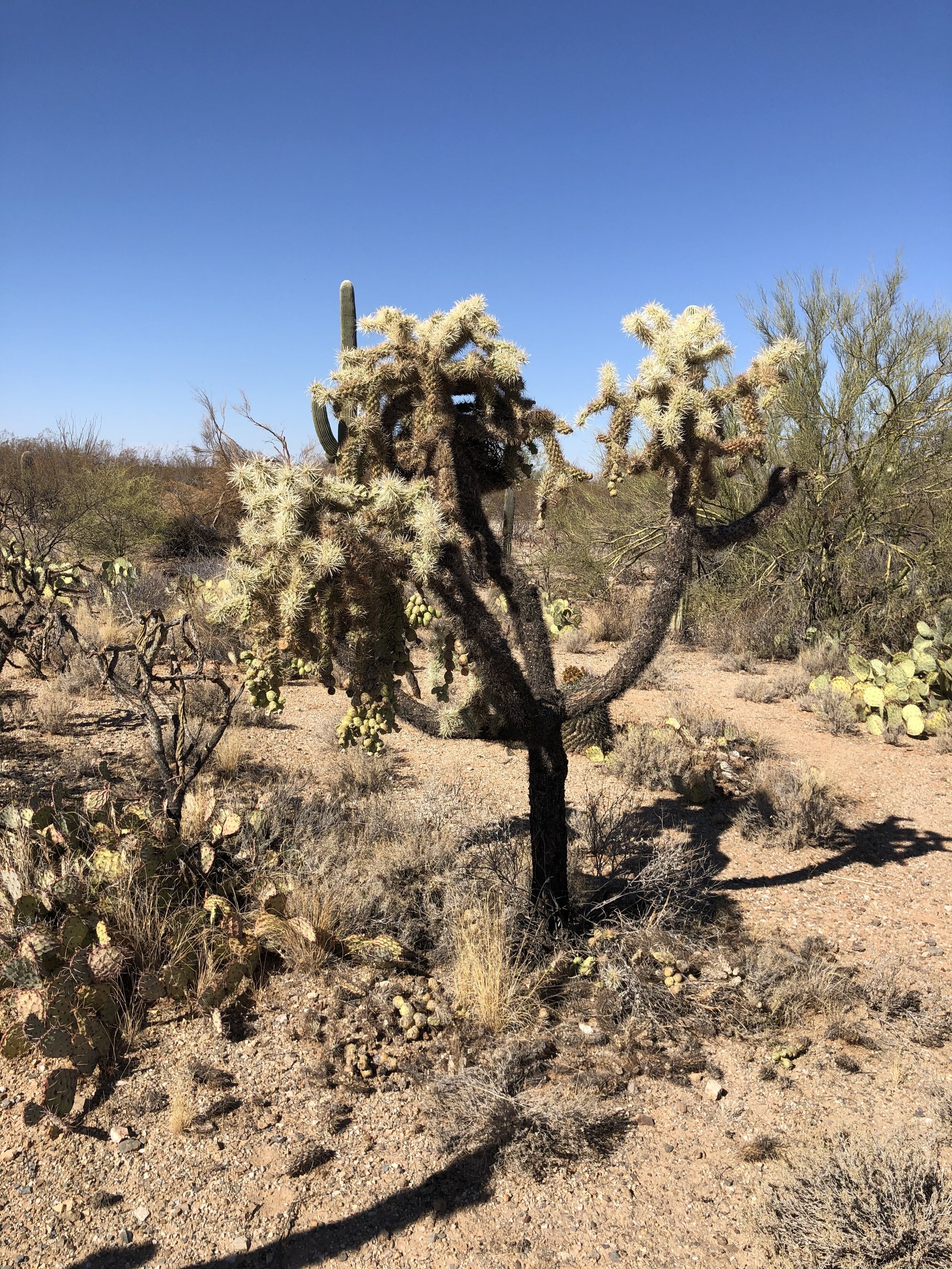
Here are some fun facts about Saguaros. I find them fascinating.
Saguaros are exclusive to the Sonoran Desert.
They are the largest cactus in the United States.
A saguaro can live to be 100-200 years old.
Saguaros have become a black market commodity, raking in thousands for hauls.
Saguaros may bloom flowers - the Arizona state flower - but only after the age of 35 years.
The roots are shallow and expand like an accordion to absorb water.
At this point of my journey, and for the past several weeks, I am feeling, well, tired. The travel has been so exhilarating, and I am ever-so-grateful to be experiencing what I am. However, I yearn to be stationary. I’m happy and good and enjoying it all, but I just wanted to acknowledge that for a second. I wouldn’t trade it for a second, and I’m fortunate to have an opportunity like this, but there are times when I wish I had a couch to lay on, nowhere to go, and a normal-sized freezer for ample cartons of ice cream.
For now, though, I’ll happily take my memory foam mattress pad on top of my Basecamp cushions, more exciting things to see and do in Arizona, and a freezer only large enough for a few Trader Joe’s pre-sauced pasta dishes.
Onward and upward…Perfect timing to meet my friend Alfredo at Lost Dutchman State Park outside Phoenix.



